
One of the world’s leading publishers of printed classical and educational music.

William Walton Catalogue
- Text
- Walton
First performance:
First performance: London, Royal Festival Hall, 18 January 1962; John Coulling and the London Philharmonic Orchestra, conducted by Sir Malcolm Sargent First broadcast performance: London, BBCTV Centre, 15 October 1963 (recording made five months earlier in the International Concert Hall series); Lina Lama and the London Symphony Orchestra, conducted by William Walton. (Walton conducted a BBC2 (television) programme of his own music.) Note: Lina Lama was principal viola of orchestras in Naples and Salzburg. Walton heard her playing in Italy and specially asked her to take part in this TV performance. Publication: study score: OUP, 1964, at 30s (rev. edn, September 1976, with minor corrections to pp. 33 and 59) • WWE vol. 12, pp. 149–295 • study score: OUP, 2013, at £17.95 Bibliography: Times, 19 Jan 1962, p. 13 Recordings: LP, CD Yehudi Menuhin / New Philharmonia Orchestra / Walton (recorded No.1 Studio, Abbey Road, London, 9–11 October 1968). HMV ASD 2542 (1970); EMI CDS 5 65003 2 (1994) • Nigel Kennedy / Royal Philharmonic Orchestra / André Previn. EMI EL749 628 1 (1987); EMI CDC 7 49628 2 (1987); EMI 7243 62813 2 (2004); 6 80504 2 (2012); EMI Collector’s Edition 4 40860 2 (2012) • Nobuka Imai / London Philharmonic Orchestra / Jan Latham-Koenig. Chandos CHAN 9106 (1993); CHAN 9426 (1995) Note: In a letter dated 16 October 1961, Walton told Alan Frank that ‘I think [it] an improvement on the old version particularly as regards clarity and definition. The music is the same and the solo part unaltered save for an odd octave higher here and there’ (OUP archive). Other versions C22a arrangement for viola and piano by Geoffrey Pratley Publication: piano score and solo viola part: OUP, 1993 C22b piano reduction by Geoffrey Pratley, edited by Christopher Wellington. Solo line restored, as edited and prepared by Frederick Riddle and most favoured by WW. Publication: piano score and solo viola part (compatible with WWE, vol. 12): OUP, 2002 (this reduction contains tempo markings and dynamics and expression marks from both orchestrations prepared by Walton, in 1929 and 1962 C23 Belshazzar’s Feast 31 (the latter distinguished by lighter type), and thus the solo line printed here may be played with either) C22c O.W. A ballet choreographed by Joe Layton, for which both the Viola Concerto and The Quest (C49a) were used. ‘O.W.’ stands for ‘Oscar Wilde’. First performance: London, Sadler’s Wells Theatre, 22 February 1972; Royal Ballet Touring Orchestra, conducted by David Taylor with Frederick Riddle (viola). Royal Ballet, including Paul Clarke, Michael Somes, Kerrison Cooke, Margaret Barbieri, and Vyvyan Lorrayne. Designs and costumes by Joe Conklin. Bibliography: Times, 24 Feb 1972, p. 13 C23 Be l s h a z z a r’s Fe a s t cantata for baritone solo, double mixed chorus (SSAATTBB), and orchestra Text: arranged from biblical sources (Isaiah, Daniel, parts of Psalms 137 and 81, Joel, and Revelation) by Osbert Sitwell, with a German translation by Beryl de Zoete and the Baroness Imma Doernberg. Date of composition: 1929–31 Commissioned by: British Broadcasting Corporation Holograph: whereabouts unknown Instrumentation: picc.2.2.2(II + E♭).bcl(+cl III).a sax.2.cbn/4.3.3.1/timp/perc (4: tri, cyms, sus cym, gong, cast, wb, sd, td, bd, glock, xyl, tamb, slapstick and anvil)/ pno (opt)/org/2hp/strings, and 2 optional brass ensembles each containing 3tpt, 3tbn, tba Dedication: To Lord Berners Duration: 35 minutes First performance: Leeds, Town Hall, 8 October 1931 (Leeds Triennial Festival); Dennis Noble, Leeds Festival Chorus and London Symphony Orchestra, conducted by Malcolm Sargent First London performance: Queen’s Hall, 25 November 1931 (broadcast by the BBC as the 6th of the BBC Symphony Concerts); Stuart Robertson, National Chorus and BBC Symphony Orchestra conducted by Adrian Boult. (Holst’s Hammersmith (A Prelude and Scherzo) received its first performance at this concert.) For perusal purposes only
32 C23 Belshazzar’s Feast First European performance: Amsterdam, Groote Zaae (Concertgebouw), 10 June 1933 (ISCM Festival concert); Roy Henderson, Kon. Christelijke Oratorium Vereniging and ‘Excelsior’ (Rotterdam) with the Concertgebouworkest, conducted by Constant Lambert (the Rotterdam choir undertook the work at comparatively short notice after another choir had withdrawn its offer) First American performance: Boston, Symphony Hall, 31 March 1933; David Blair McClosky, Cecilia Society Chorus and Boston Symphony Orchestra, conducted by Serge Koussevitzky Other early performances: London, Queen’s Hall, 2 November 1932 (broadcast as a BBC Symphony Concert); Dennis Noble, Wireless Singers, BBC Chorus and BBC Symphony Orchestra, conducted by Adrian Boult • Manchester, Free Trade Hall, 17 November 1932; Dennis Noble, Hallé Chorus and Orchestra, conducted by Sir Hamilton Harty • London, Queen’s Hall, 16, 17, and 19 January 1933 (Courtauld–Sargent Concerts); Roy Henderson, ‘Special Choir’ (drawn mainly from members of the Royal Choral Society) and London Philharmonic Orchestra, conducted by Malcolm Sargent • Cincinnati, Music Hall, 5 May 1933; Herbert Gould, Spring Festival Chorus and Cincinnati Symphony Orchestra, conducted by Eugene Goossens • Philadelphia, 12 January 1934 (radio concert from CBS studios and broadcast across America); Dudley Marwick, Philadelphia Orchestra Chorus, the Mendelssohn Club and Philadelphia Orchestra, conducted by Leopold Stokowski • Neath, National Eisteddfod Pavilion, 9 August 1934; Roy Henderson, Eisteddfod Choir (700 voices) and the London Symphony Orchestra, conducted by Matthew Davies • New York, Carnegie Hall, 9 January 1935; Keith Falkner, Schola Cantorum and New York Philharmonic Orchestra, conducted by Hugh Ross • Toronto, Massey Hall, 13 February 1936; Frederick L. Newnham, Toronto Mendelssohn Choir and Toronto Symphony Orchestra, conducted by Dr. Herbert Fricker Publication: vocal score: OUP, 1931 at 3s • Sol-Fa edition: OUP, 1933 at 2s • two separate choruses printed for the 1934 Blackpool Music Festival: OUP, 1935. (This performance, by various competing choirs and the Blackpool Amateur Symphony Orchestra, conducted by Ralph Harwood, took place in the Blackpool Opera House on 27 October 1934.) Bibliography: Richard Aldous, Tunes of Glory: The Life of Malcolm Sargent (London: Pimlico, 2002), 48, 50–53, 72–3, 79, 98, 191, 195 • H. F. Brown, ‘English Oratorio after Handel Including Analysis of Belshazzar’s Feast by Sir William Walton’ (MA thesis, University of Michigan, 1954) • Spike Hughes, Second Movement, Continuing the Autobiography of Spike Hughes (London: Museum Press, 1951), 140 • Michael Kennedy, ‘Belshazzar and the BBC Bureaucracy: the Origins of a Masterpiece’, CraggsML, pp. 59–66 • L. S. Luce, ‘William Walton’s Belshazzar’s Feast: A Conductor’s Analysis for Performance’ (DMA diss., University of Miami, 1995) • BETr, 30 March 1933, p. 13 (AHM); Gramophone, 20 (May 1943), 182 (H. Bardgett); The Listener, 18 Nov 1931, pp. 860–61 (HG); MG, 9 Oct 1931, p. 10, (N. Cardus); 18 Nov 1932, p. 13 (N.Cardus); MMR 61 (October 1931), 298–9 (F. Howes); MO 56 (July 1933), 860–61 (H.Foss); MT 73 (November 1931), 991–2 (F. Howes); 73 (January 1932), 68 (WMcN); 73 (December 1932), 1127 (FB); 74 (August 1933), 905–8 (E. Evans); 76 (October 1935), 901 (W. R. Anderson); 84 (April 1943), 115 (W. R. Anderson); NYT, 10 Jan 1935, p.23 (O. Downes); 6 Nov 1935, p. X7 (O. Downes); RT, 28 Oct 1932, p. 258 (C. Lambert); 20 Nov 1942, p. 4 (R. Hill); Sackbut 12 (1932), 84–6 (J. H. Elliot); ST, 29 Nov 1932, p. 5 (E. Newman); Times, 9 Oct 1931, p. 10; 23 Nov 1931, p. 12; 3 Nov 1932, p. 10; 17 Jan 1933, p. 10; 12 June 1933, p. 12; YOb, 9 Oct 1931, p. 7; YPost, 9 Oct 1931, p. 5, 14 Sept 1931, p. 4 Recordings: 78 Dennis Noble / Huddersfield Choral Society, Liverpool Philharmonic Orchestra and brass bands / Walton (recording commissioned by the British Council and recorded in Philharmonic Hall, Liverpool, 3 and 10 January 1943). HMV C3330–34 (1943); HMV C 7572–6 auto (1943) LP, CD Dennis Noble, Huddersfield Choral Society, Liverpool Philharmonic Orchestra and brass bands / Walton. HMV ALP1089 (1953); HMV Treasury series ED 290715 1 (1986); EMI CDH7 63381 2 (1992) Note: In a letter to OUP dated 22 July 1942 Osbert Sitwell stated that at least a quarter of of the libretto was his own, and that the work took him ten days in Venice, working all day long. He added that the fact his work cannot be detected from that of the rest of the material only showed how skilfully he worked (OUP archive). In a letter to the present author, dated 2 October 1972, the late Christabel, Lady Aberconway, claimed that she did ‘most of the research on the text’. Those six words are underlined twice (Craggs archive). Revised version For perusal purposes only Spike Hughes (see above) says that Walton ‘revised one or two passages’ between its first performance in Leeds and the first London performance. Roy Douglas, in a letter to the present author, dated 24 September 1981, detailed the later revisions to Belshazzar’s Feast thus:
- Page 2 and 3:
General Editor: DAVID LLOYD-JONES C
- Page 4 and 5:
CONTENTS Introduction - James Brook
- Page 6 and 7:
Anyone taking this volume down from
- Page 8 and 9:
ORGANIZATION OF THE CATALOGUE This
- Page 10 and 11:
WILLIAM WALTON EDITION General Edit
- Page 12 and 13:
ACKNOWLEDGEMENTS I am deeply indebt
- Page 14 and 15:
Bibliographical abbreviations Add.M
- Page 16 and 17:
SELECTIVE CHRONOLOGY 1866 11 Oct Lo
- Page 18 and 19: SELECTIVE CHRONOLOGY xix 1943 Feb o
- Page 20 and 21: SELECTIVE CHRONOLOGY xxi Nov Sympho
- Page 22 and 23: facsimiles For perusal purposes onl
- Page 24 and 25: facsimiles xxv For perusal purposes
- Page 26 and 27: facsimiles xxvii For perusal purpos
- Page 28 and 29: facsimiles xxix For perusal purpose
- Page 30 and 31: facsimiles xxxi For perusal purpose
- Page 32 and 33: facsimiles xxxiii For perusal purpo
- Page 34 and 35: List OF MAIN TITLES xxxv Romeo and
- Page 36 and 37: the catalogue For perusal purposes
- Page 38 and 39: C1 A Li t a n y partsong in four pa
- Page 40 and 41: Nos. 1-3 Date of composition: July
- Page 42 and 43: C9 Th e Pa s s i o n a t e Sh e p h
- Page 44 and 45: 16. Valse (‘Daisy and Lily’) Th
- Page 46 and 47: Passengers Only: A Social Tragedy i
- Page 48 and 49: Eskdale (tpt), Willem de Mont (vc),
- Page 50 and 51: Façade 2: A Further Entertainment
- Page 52 and 53: First performance: 24 January 1922
- Page 54 and 55: C12g Ballet in One Act (Based on th
- Page 56 and 57: 1. Tango-Pasodoblé 2. Swiss Jodell
- Page 58 and 59: C13 To c c a t a C14 Fantasia Conce
- Page 60 and 61: C17 PORTSMOUTH POINT 23 Date of com
- Page 62 and 63: C18 Ro m e o an d Ju l i e t Ballet
- Page 64 and 65: C21 Si n f o n i a Co n c e r t a n
- Page 66 and 67: C22 Concerto for Viola and Orchestr
- Page 70 and 71: From 17 April to 23 August 1948, I
- Page 72 and 73: Other early performances: London, S
- Page 74 and 75: C28 Es c a p e Me Ne v e r music fo
- Page 76 and 77: Faber, 1996), 187-8 • David Vaugh
- Page 78 and 79: OCB 299-2 Cue 21-22 [David playing
- Page 80 and 81: C32 Dr e a m i n g Li p s music for
- Page 82 and 83: Duration: 7 minutes Instrumentation
- Page 84 and 85: First London performance: Queen’s
- Page 86 and 87: C37 Concerto for Violin and Orchest
- Page 88 and 89: C37 Concerto for Violin and Orchest
- Page 90 and 91: Publication: WWE vol. 3, pp. 1-99 (
- Page 92 and 93: (b) Incidental music for Uncle Harr
- Page 94 and 95: minute Galop (the right title under
- Page 96 and 97: of the shelter to meeting; Barbara
- Page 98 and 99: Division at this point, after he ha
- Page 100 and 101: y John Burrell. Broadcast on 7 Octo
- Page 102 and 103: Houldsworth Hall, 24 May 1943 (spec
- Page 104 and 105: Other versions C46a Christopher Col
- Page 106 and 107: A copy is also in the National Soun
- Page 108 and 109: of added brass, percussion and pian
- Page 110 and 111: First USA showings: Boston, Esquire
- Page 112 and 113: C50 Henry V 75 C50g Passacaglia:
- Page 114 and 115: 1946, p .4; 26 April 1946, p. 16; T
- Page 116 and 117: duel; Entry of the court (with fanf
- Page 118 and 119:
Dedication: To Diana and Griselda [
- Page 120 and 121:
y the BBC on television and radio);
- Page 122 and 123:
expressed a strong wish to dedicate
- Page 124 and 125:
Principals: Calkas, High Priest of
- Page 126 and 127:
(D. Drew); Opera 14 (June 1963), 41
- Page 128 and 129:
Bibliography: Opera Canada 49 (Sept
- Page 130 and 131:
C63b A Shakespeare Suite from Richa
- Page 132 and 133:
C65 C65 Concerto for Violoncello an
- Page 134 and 135:
C68 Symphony No. 2 97 Commissioned
- Page 136 and 137:
Bibliography: David Lloyd-Jones, WW
- Page 138 and 139:
Recordings: CD Bach Choir / David W
- Page 140 and 141:
C76 Variations on a Theme by Hindem
- Page 142 and 143:
Holograph: Beinecke: GEN MSS 601 (F
- Page 144 and 145:
Dedication: To André Kostelanetz.
- Page 146 and 147:
C82 Improvisations on an Impromptu
- Page 148 and 149:
C86 Five Bagatelles 111 This work w
- Page 150 and 151:
C89 Anniversary Fanfare 113 Recordi
- Page 152 and 153:
C93 Roaring Fanfare 115 with Ian Fo
- Page 154 and 155:
C99 A Birthday Fanfare 117 Publicat
- Page 156 and 157:
GENERAl bibliography Anson, H. ‘T
- Page 158 and 159:
Foss, H. J. ‘William Walton’, H
- Page 160 and 161:
Kennedy, M. ‘Walton’s Isle Full
- Page 162 and 163:
Riley, M., ed., British Music and M
- Page 164 and 165:
personalia ABERCONWAY, Lady Christa
- Page 166 and 167:
and 1930s. Commissioned Walton for
- Page 168 and 169:
which he founded in 1946. Married t
- Page 170 and 171:
Irish Academy of Music. Both the Sa
- Page 172 and 173:
Orb and Sceptre Arr. for military b
- Page 174 and 175:
First Shoot, The Arr. for orchestra
- Page 176 and 177:
INDEX OF AUTHORS OF TEXTS Arnold, M
- Page 178 and 179:
Lord, now lettest thou thy servant
- Page 180 and 181:
Mayer, (Lady) Dorothy Moulton Canti
- Page 182 and 183:
Bantock, (Sir) Granville 34 Barber,
- Page 184 and 185:
Cathedral Church of Christ Church,
- Page 186 and 187:
Elms, Simon 117 Emery, Terence 13 E
- Page 188 and 189:
Hastings, Municipal Orchestra 44 Ha
- Page 190 and 191:
Laurence Olivier Memorial Service (
- Page 192 and 193:
Nabokov, Vladimir 107 Naismith, Nor
- Page 194 and 195:
Rosen, Carole 48, 66 Rosenstock, Jo
- Page 196 and 197:
Tate, Ohyiils 129 Tausky, Vilem 11,
- Page 198 and 199:
Wymark, Patrick 107 Wyndham Lewis,
- Page 200 and 201:
allet choreographed by Lindsay Kemp
- Page 202:
Sonata for String Orchestra (Quarte
Inappropriate
Loading...
Mail this publication
Loading...
Embed
Loading...


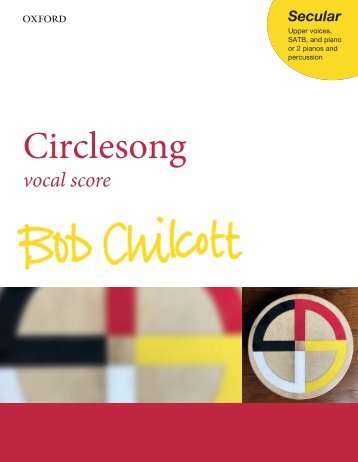
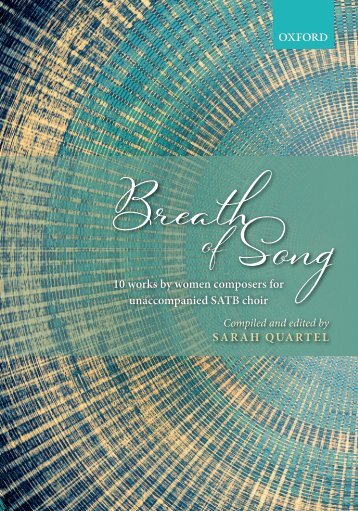
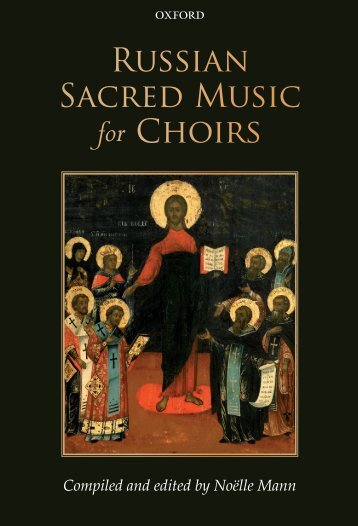

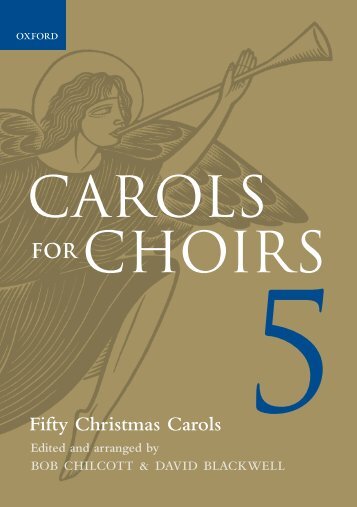

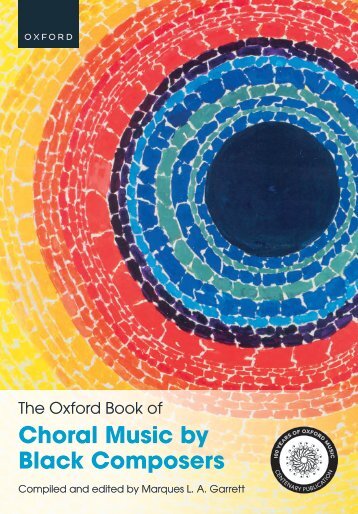
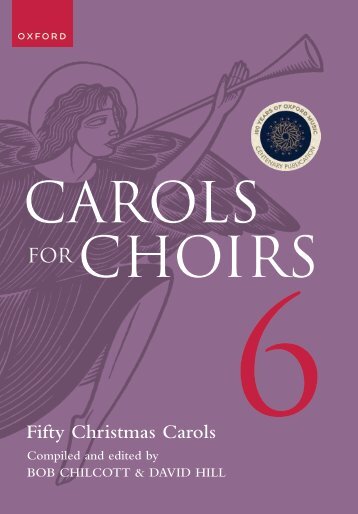

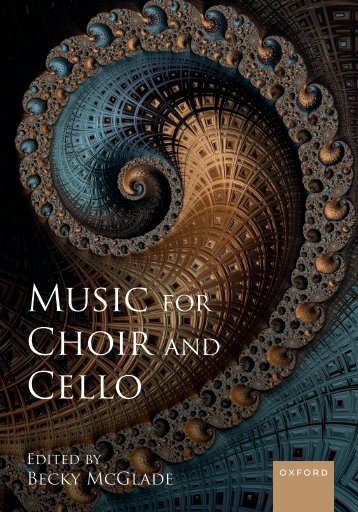

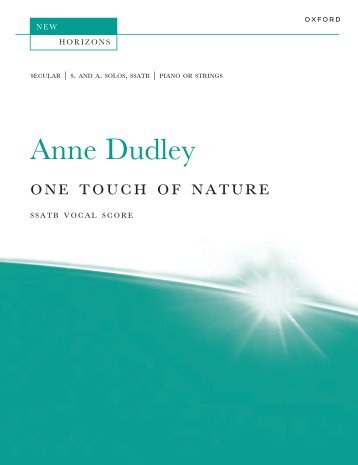

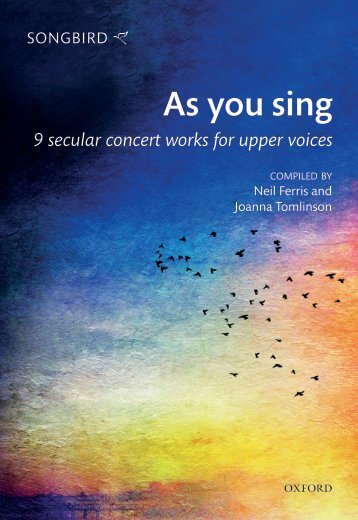
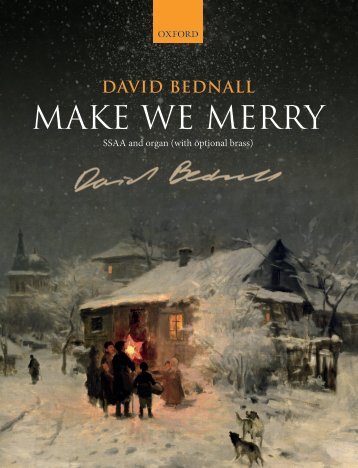
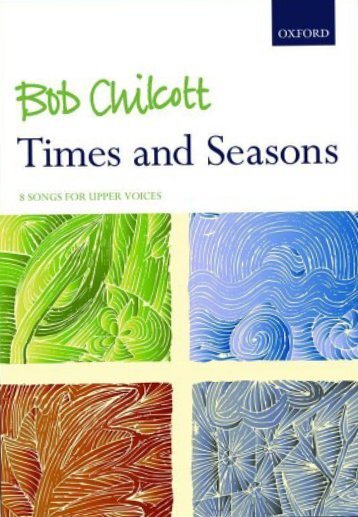


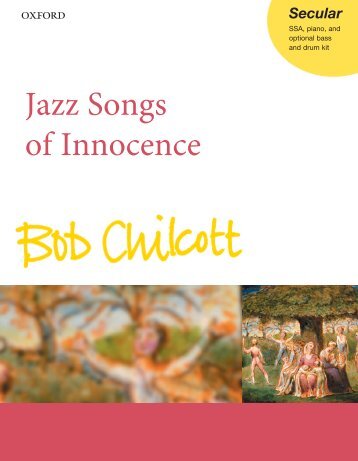
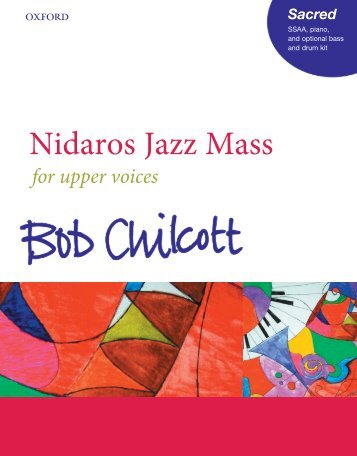
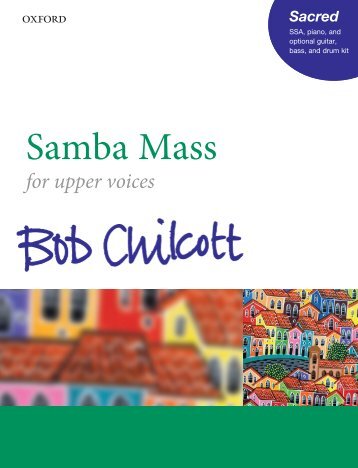


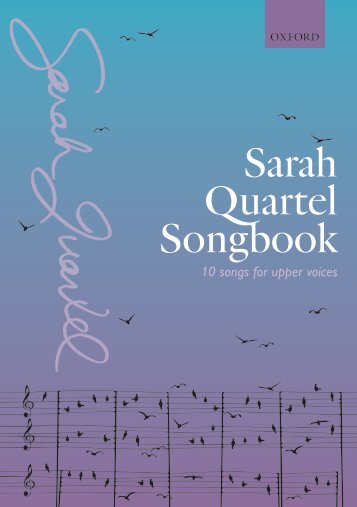
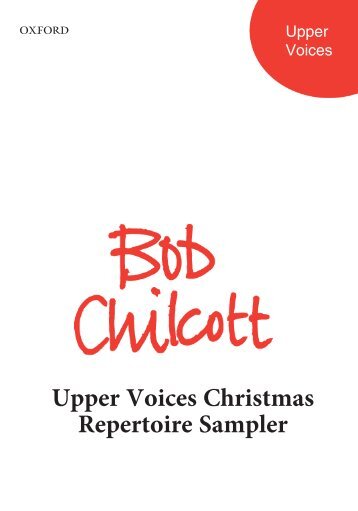

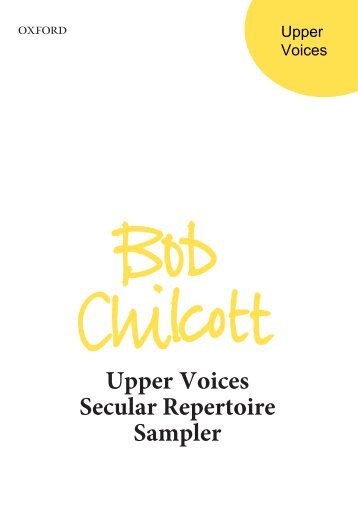

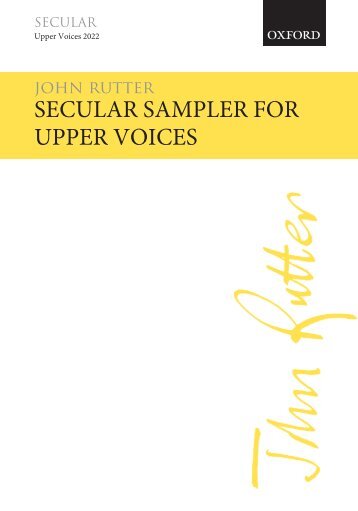
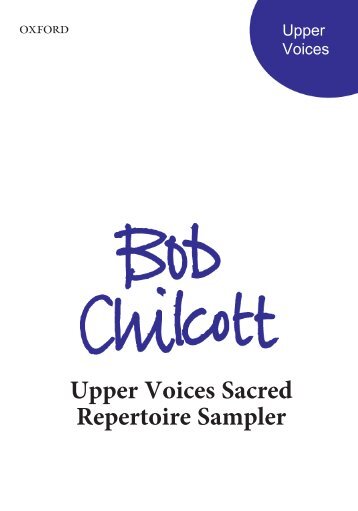


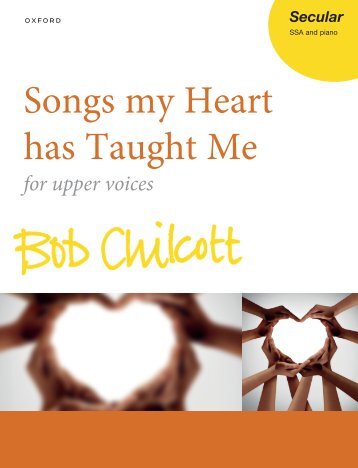
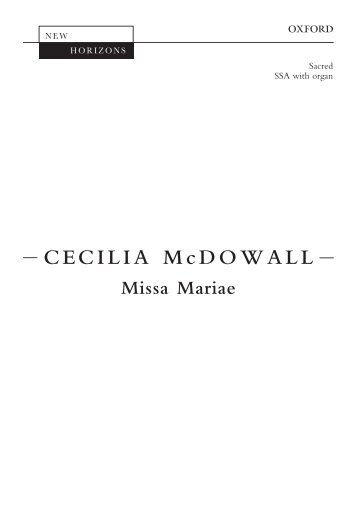
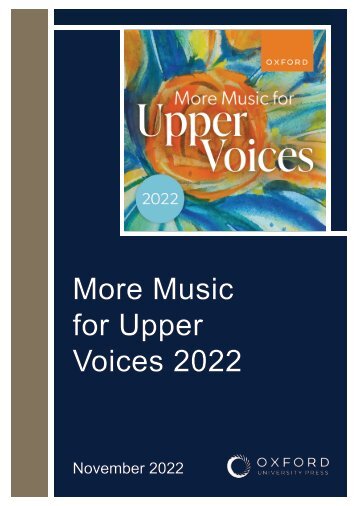
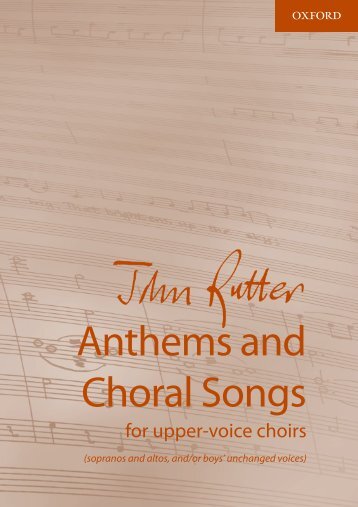

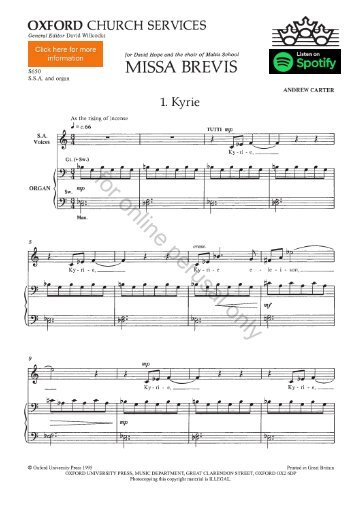
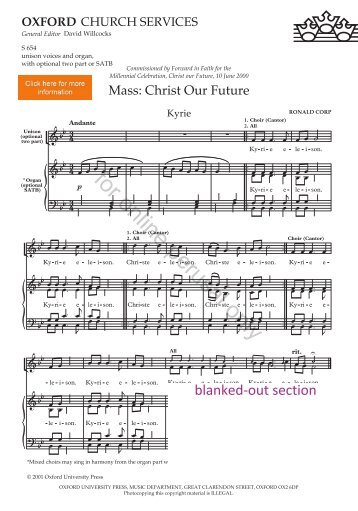
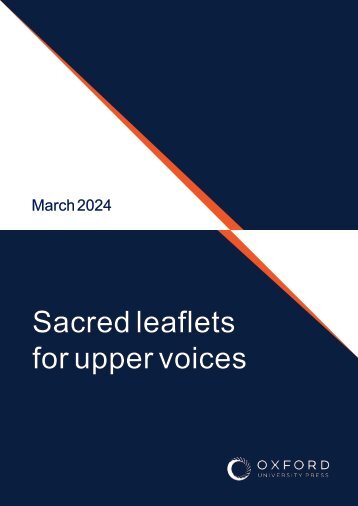
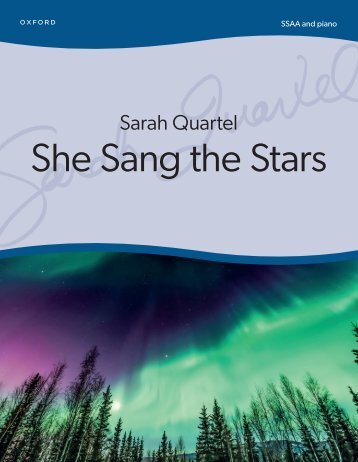

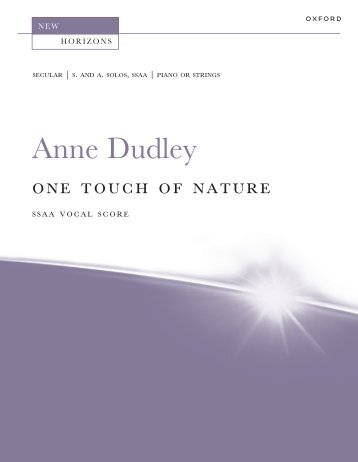
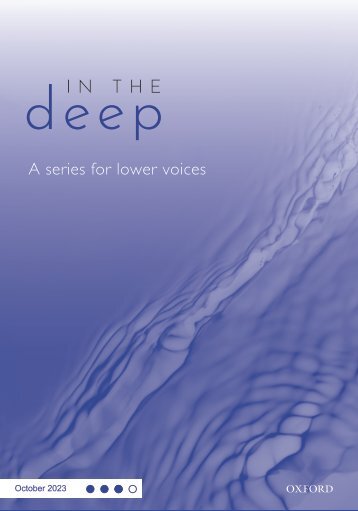
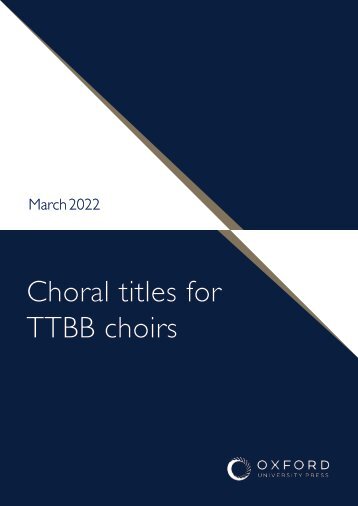
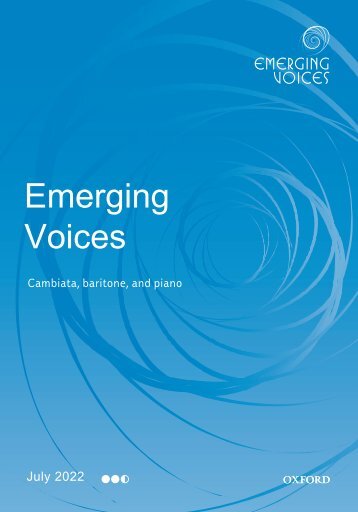
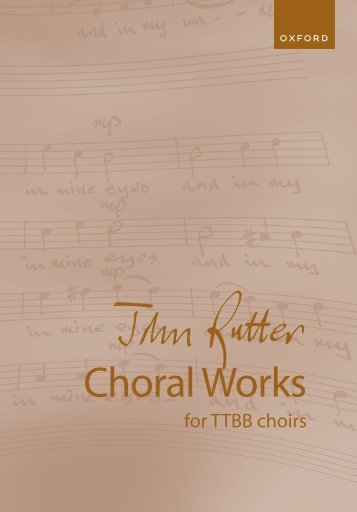
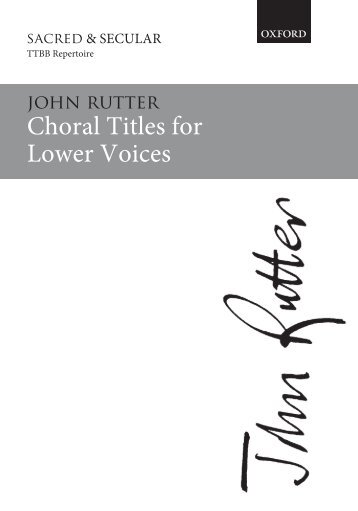
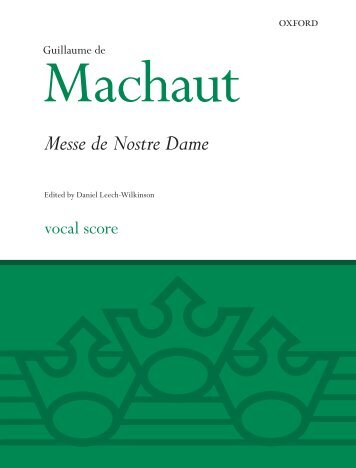
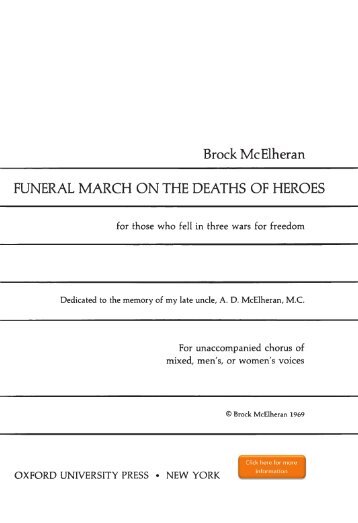

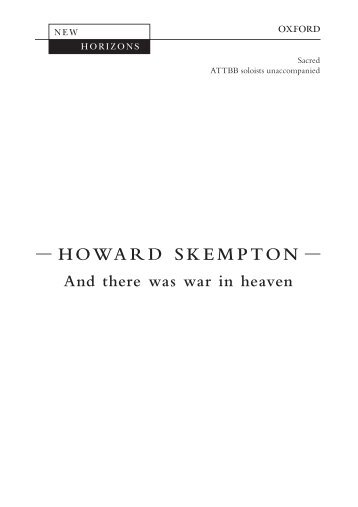
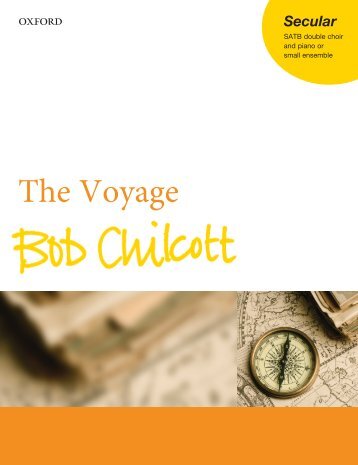
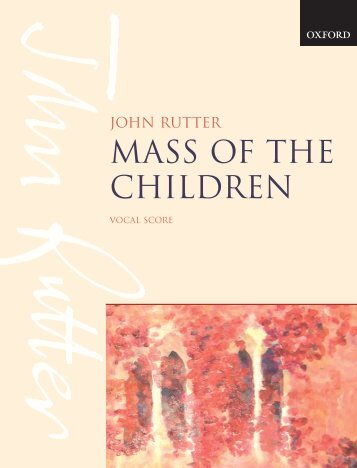
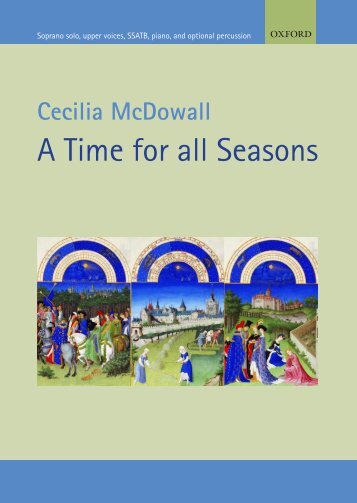
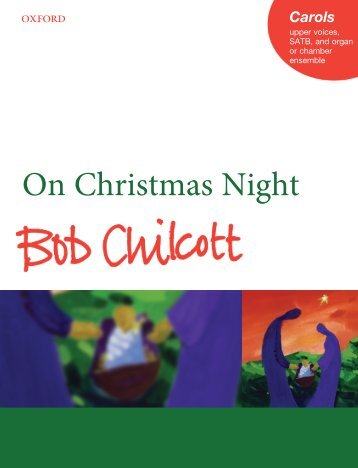
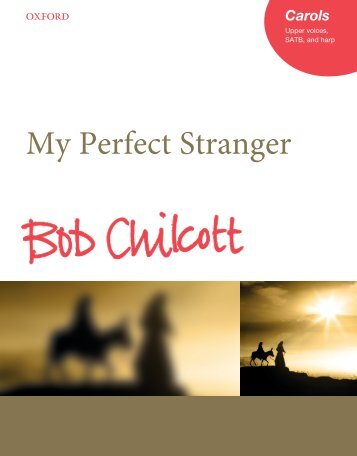
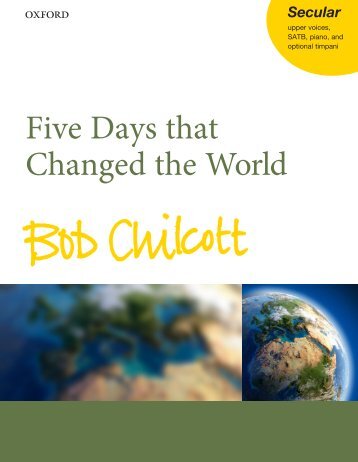
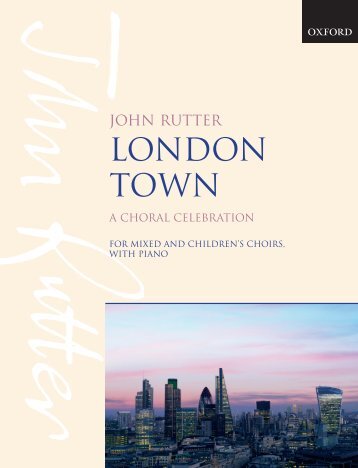

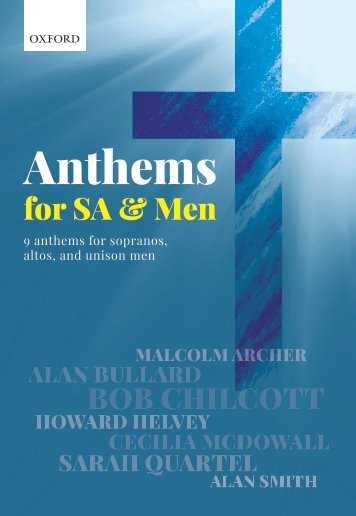
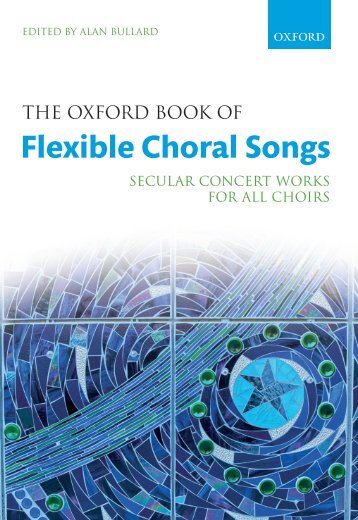
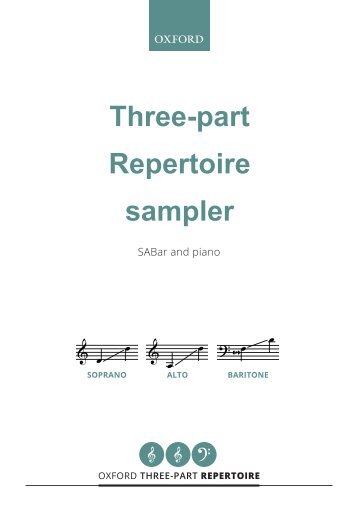

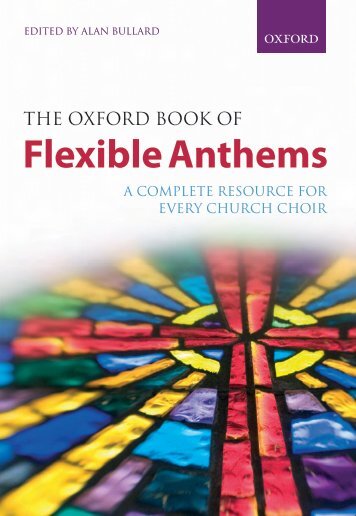


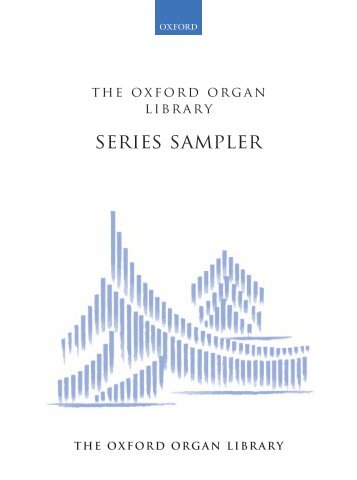
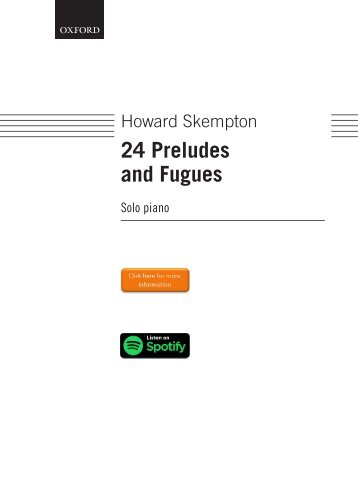
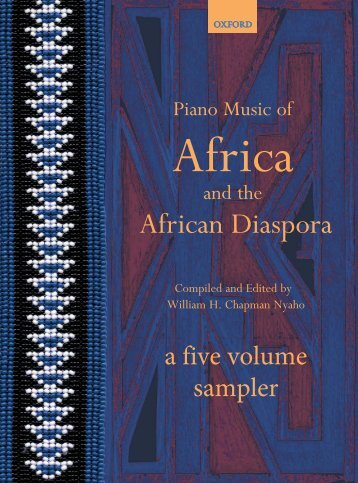
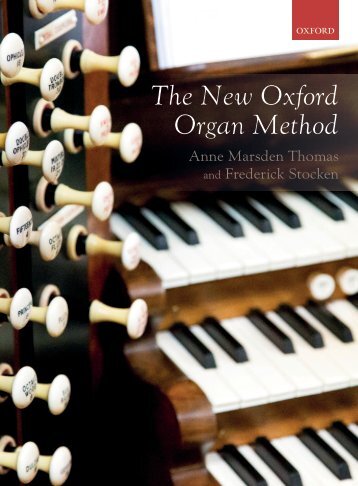
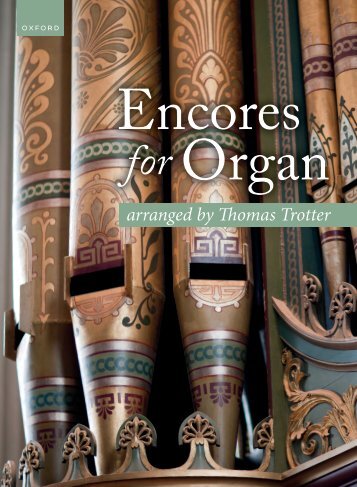


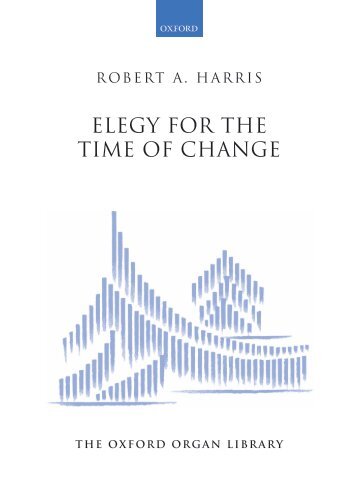


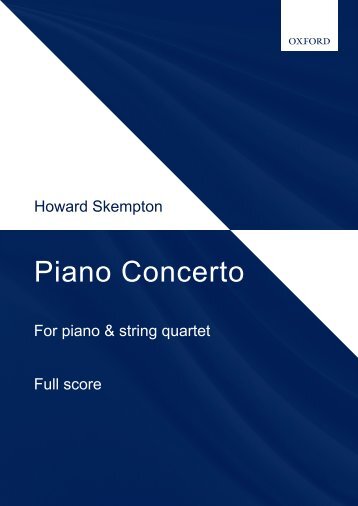
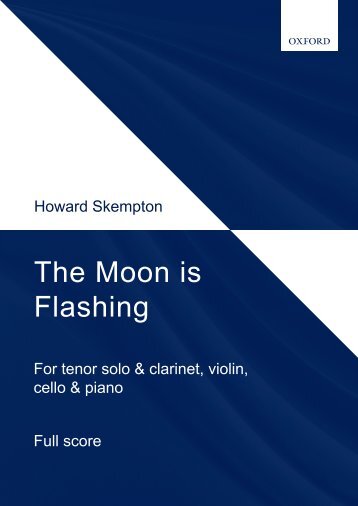
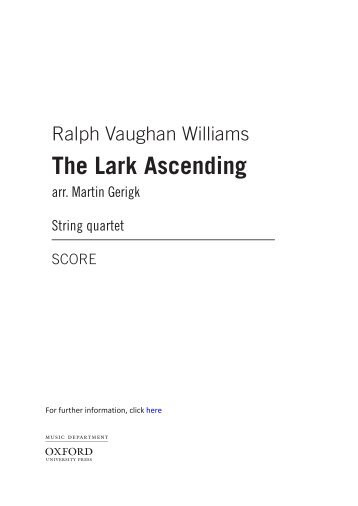
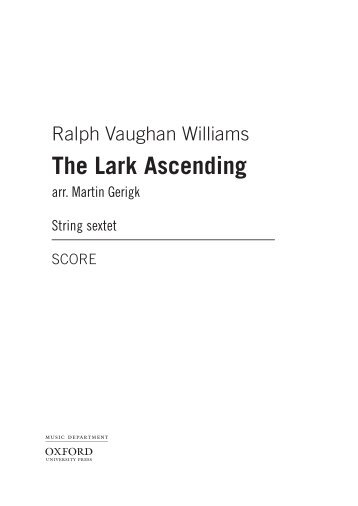
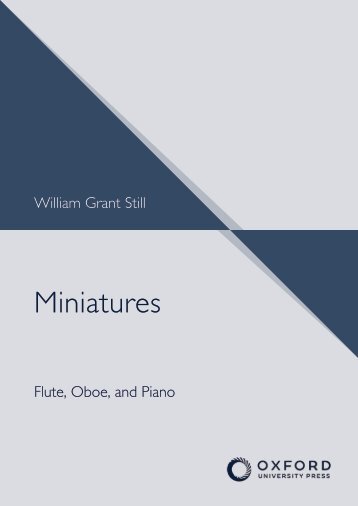
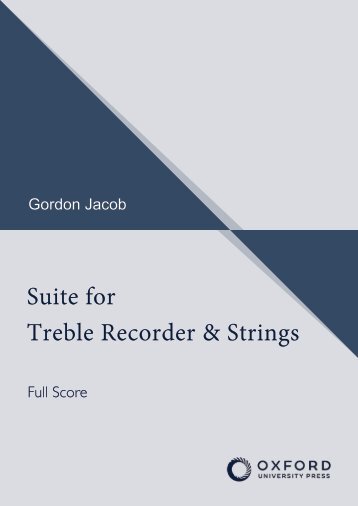
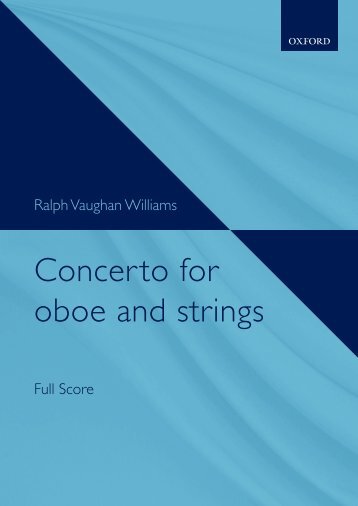
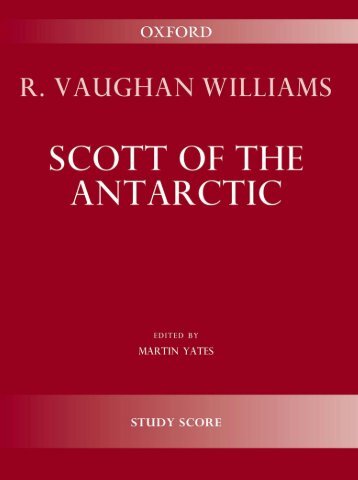
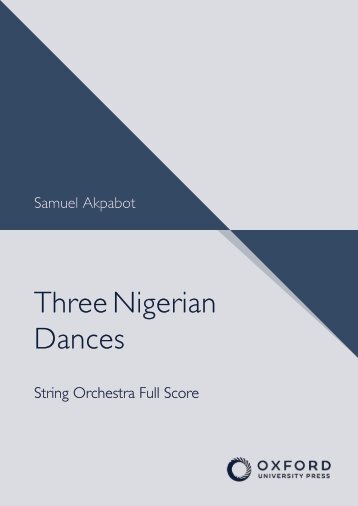


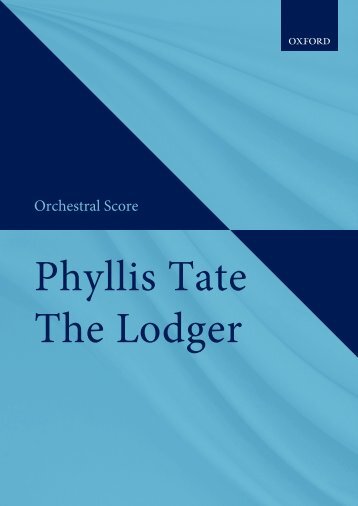

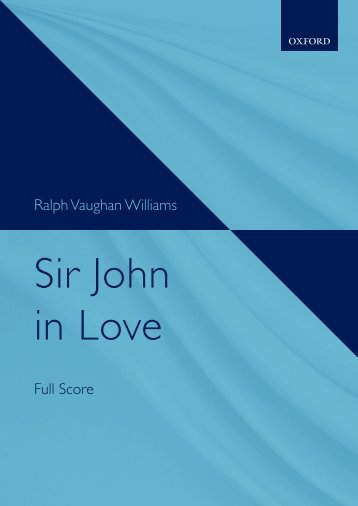


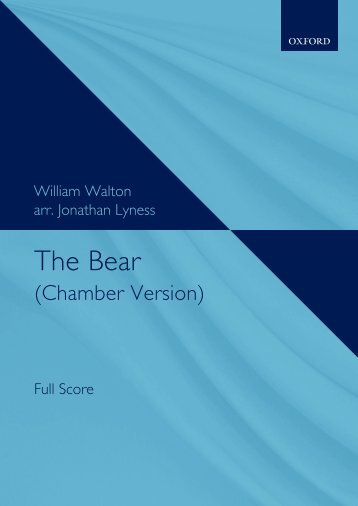

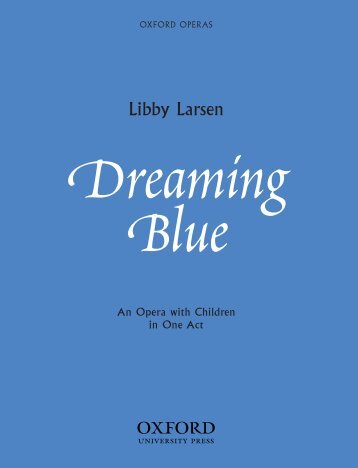
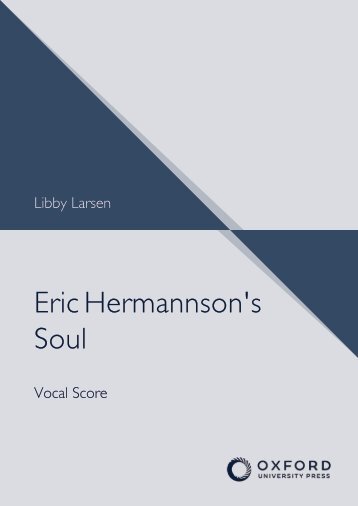
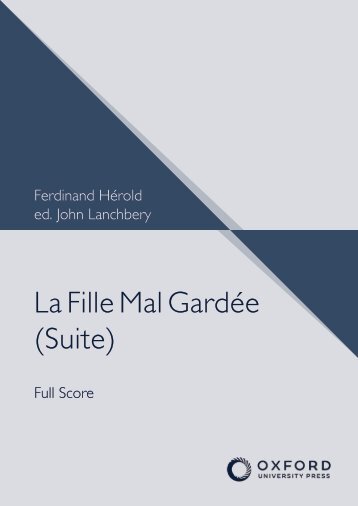
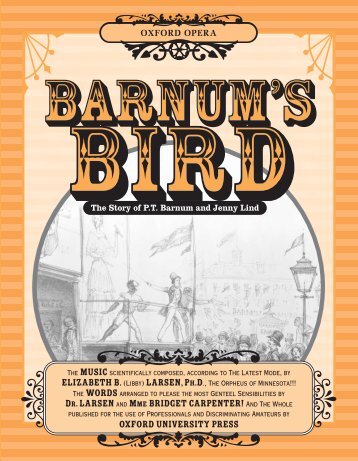




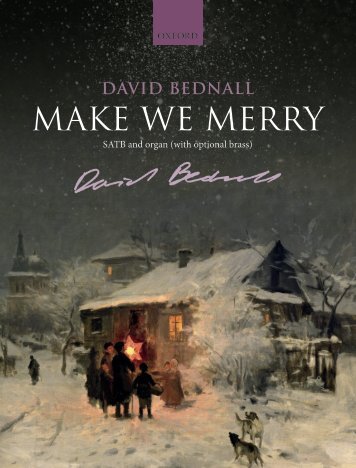
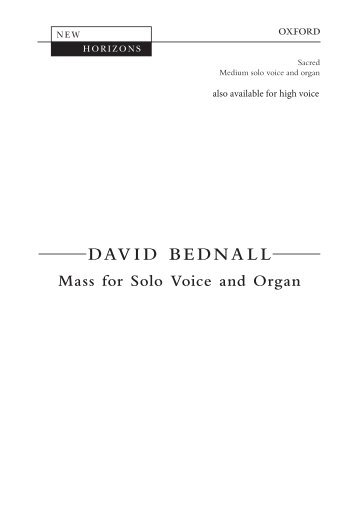
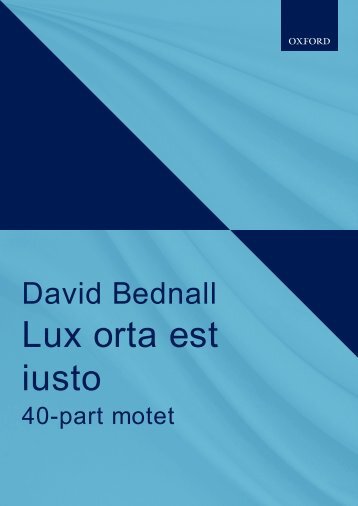


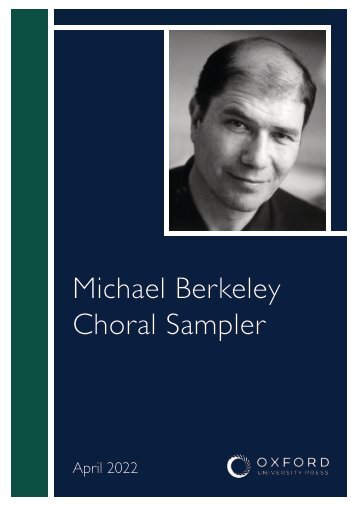
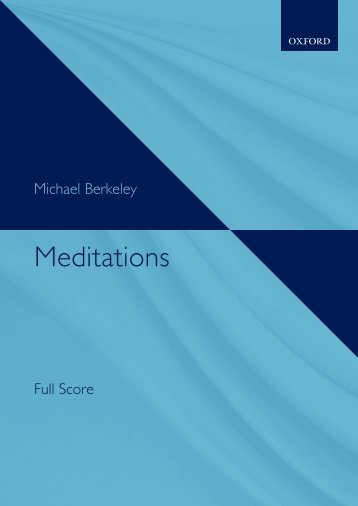
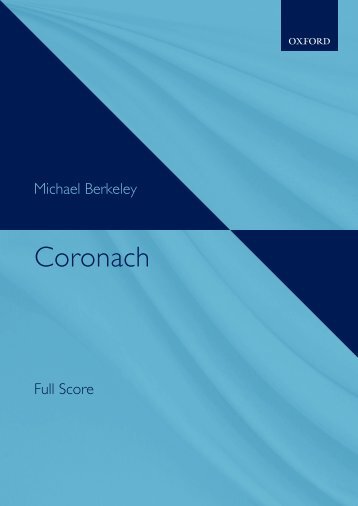
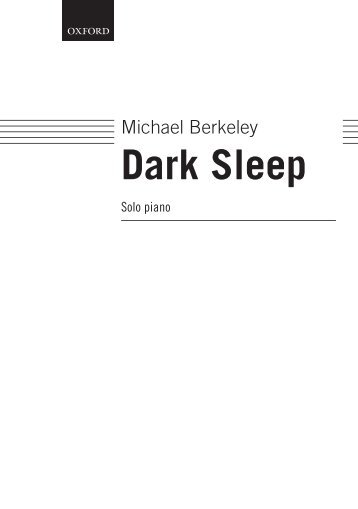

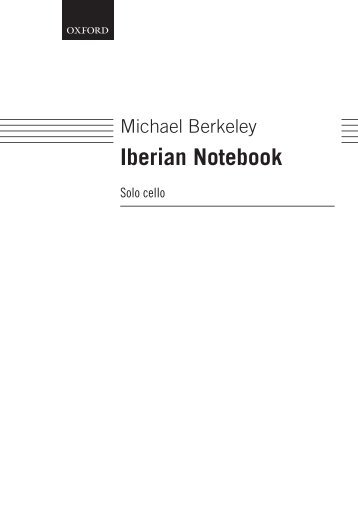


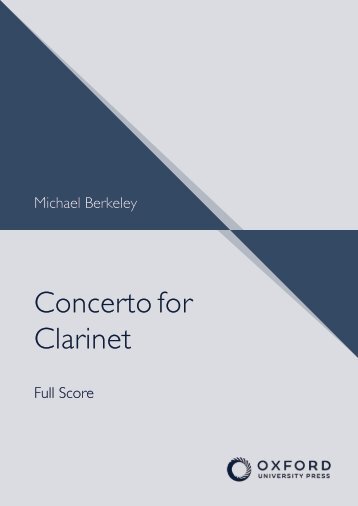

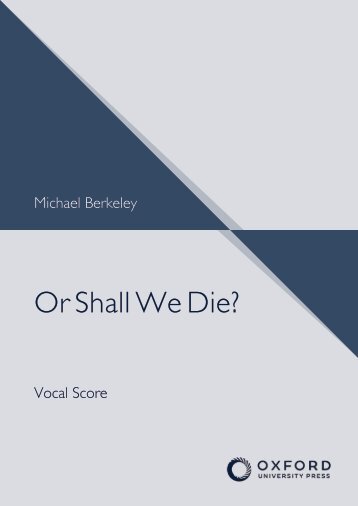

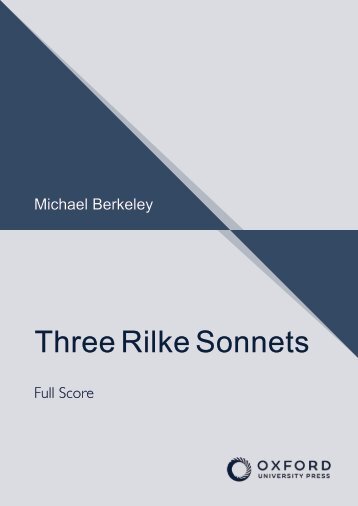
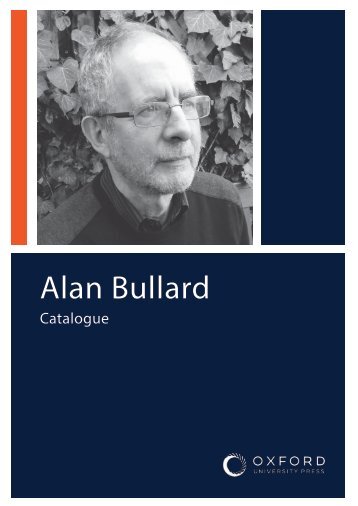
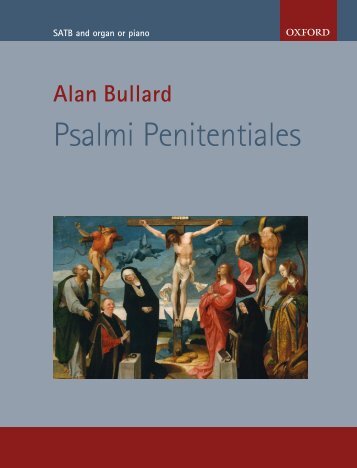
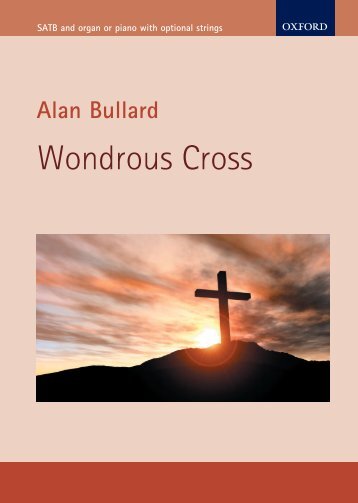
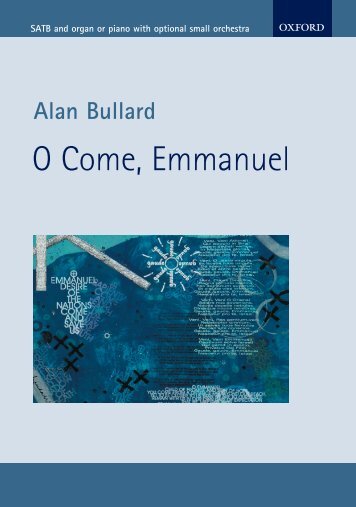
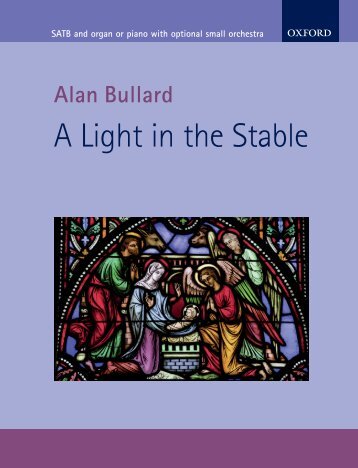
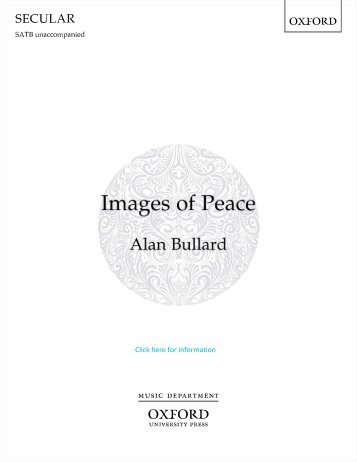
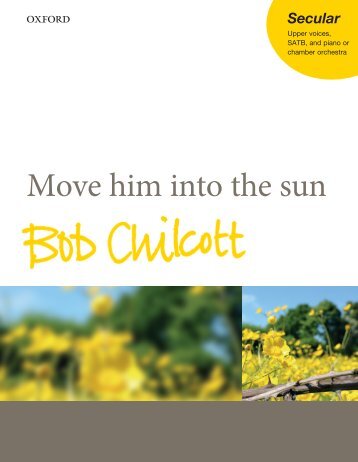
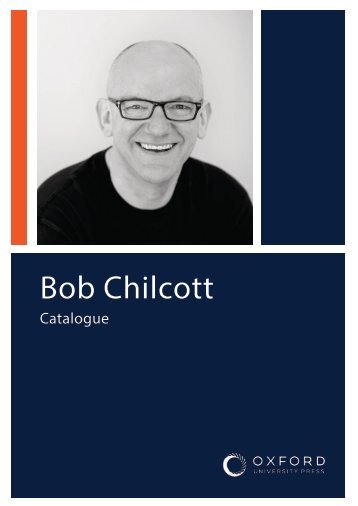
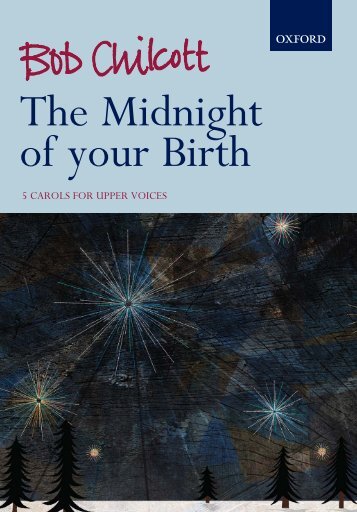
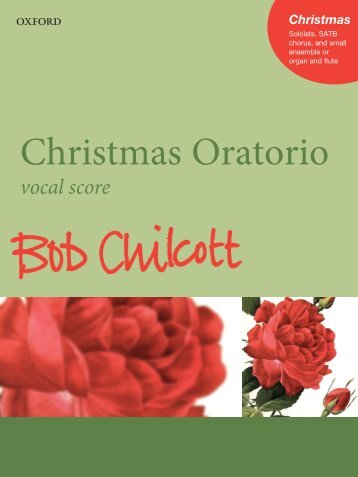
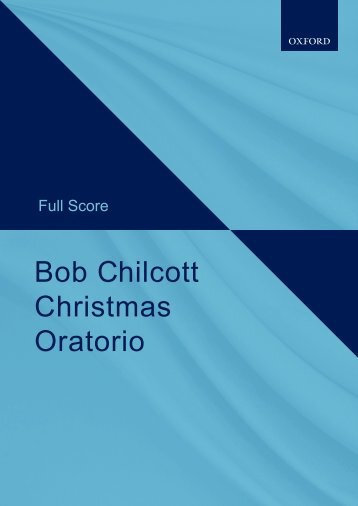


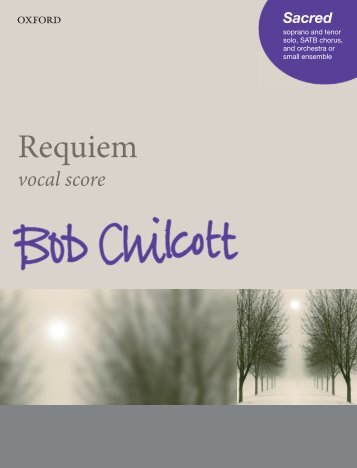


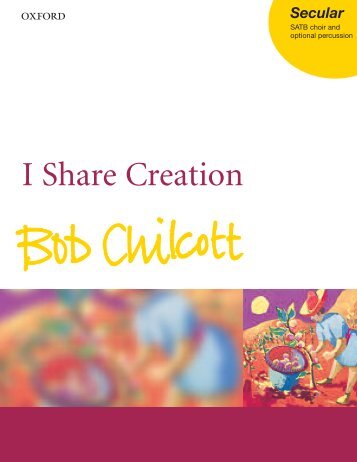
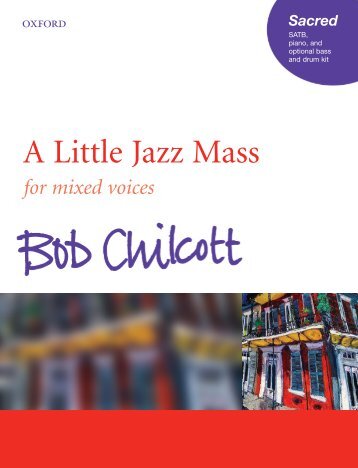
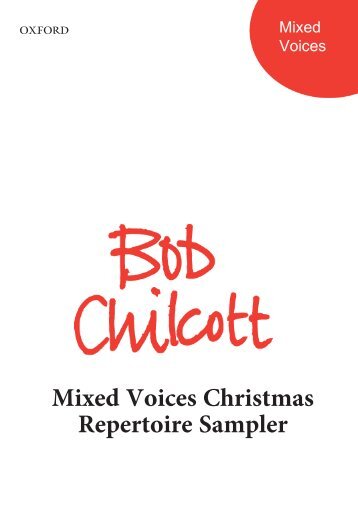
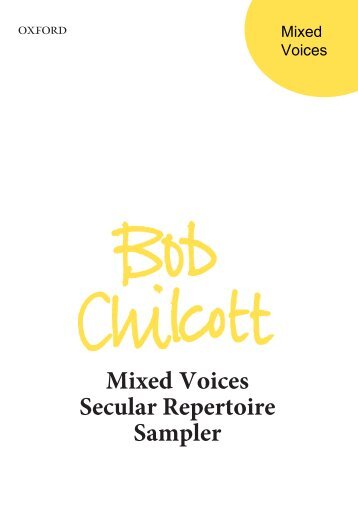

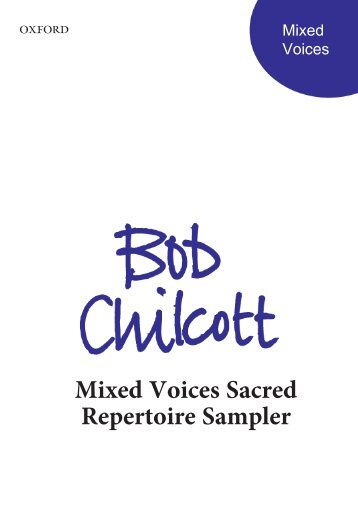

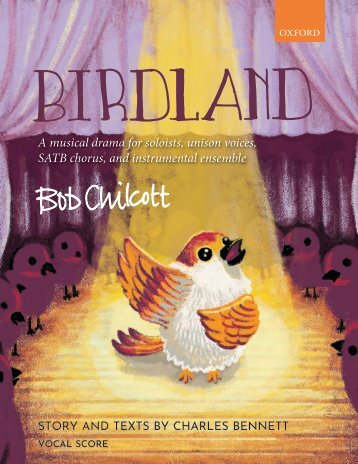

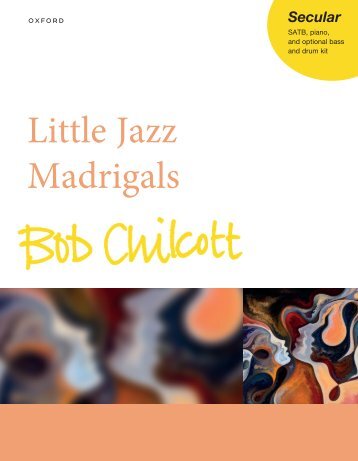




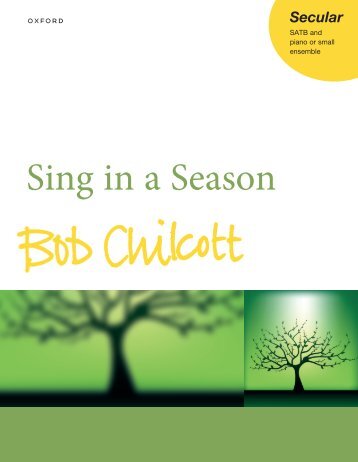
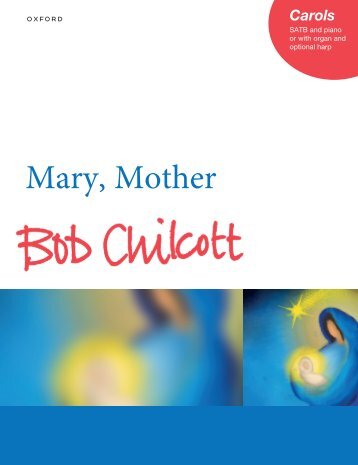
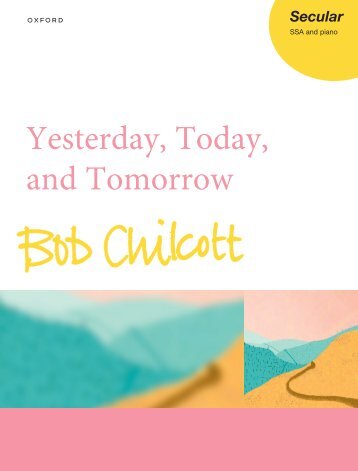
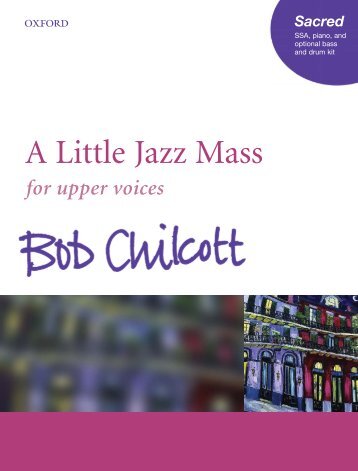

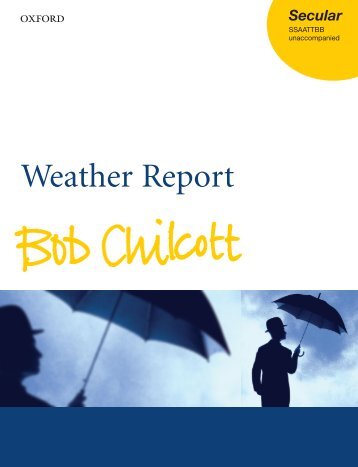
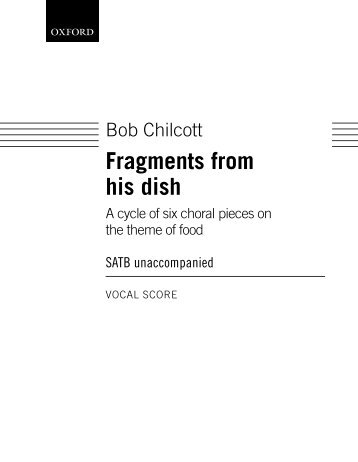

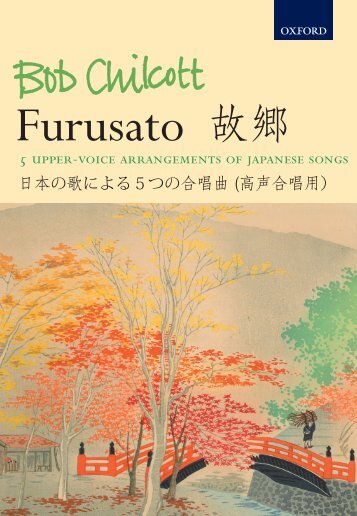


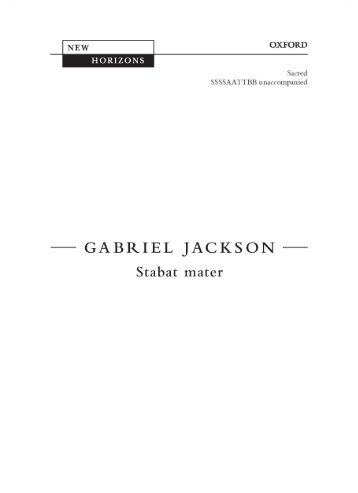
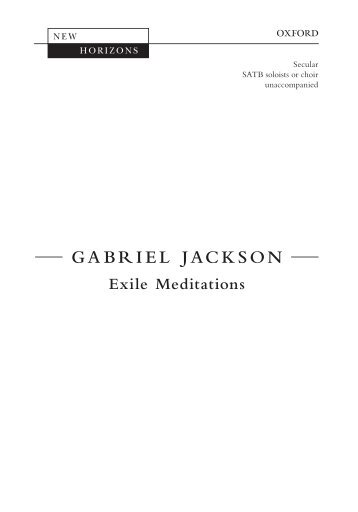
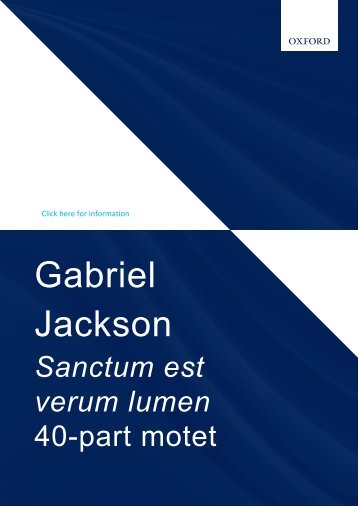
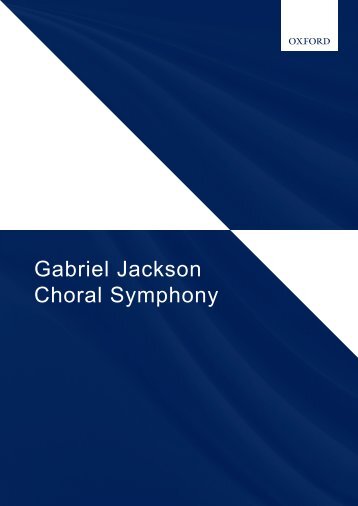

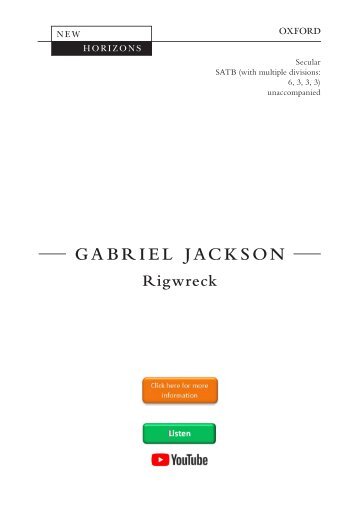
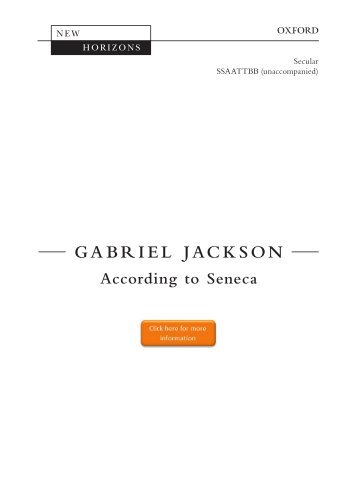
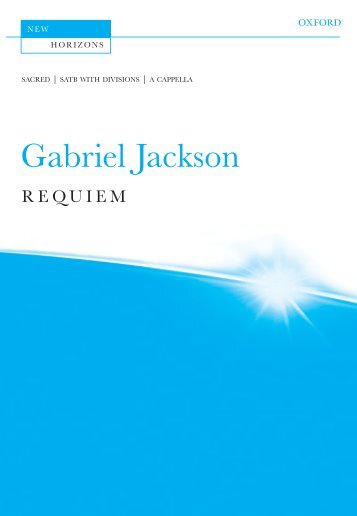
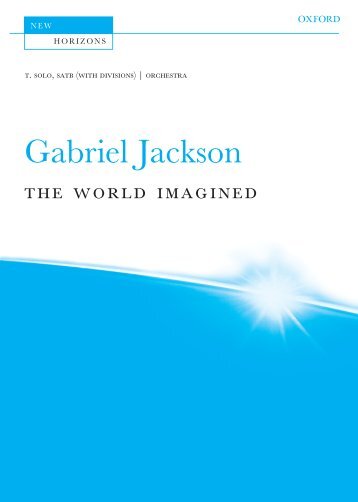
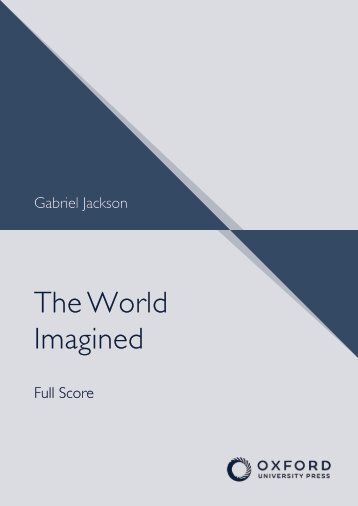
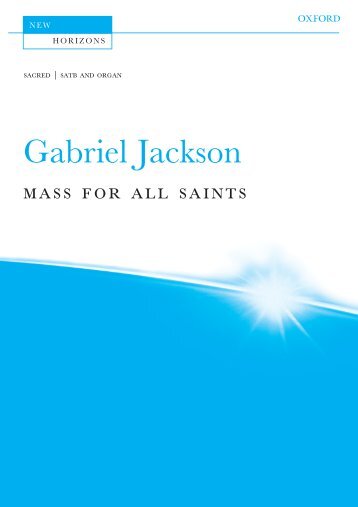


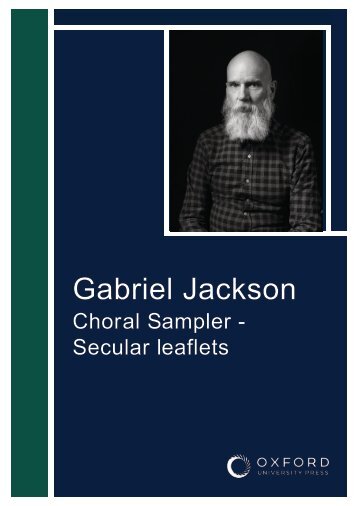

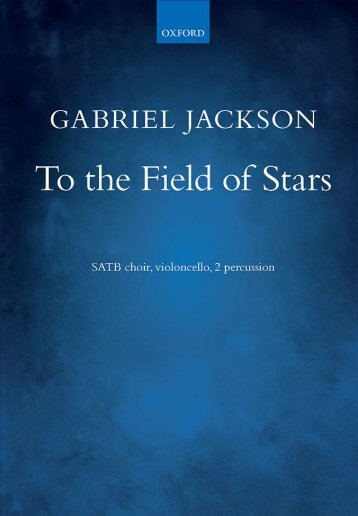
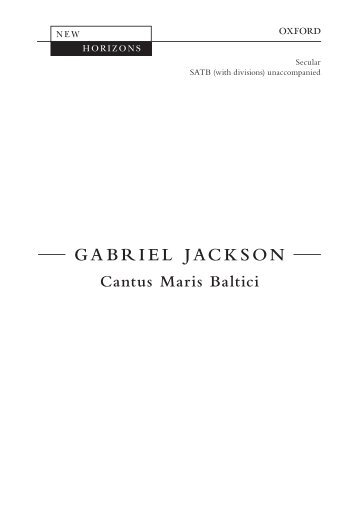
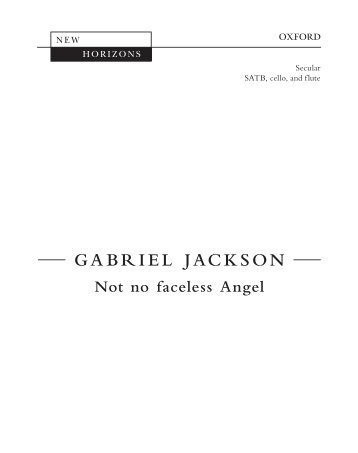
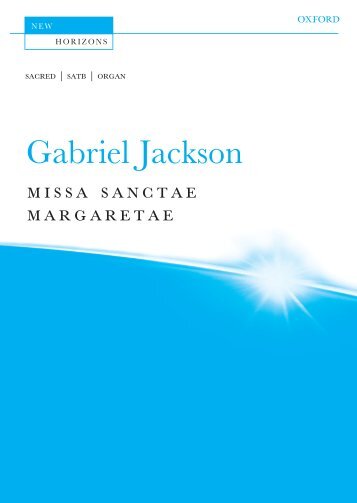
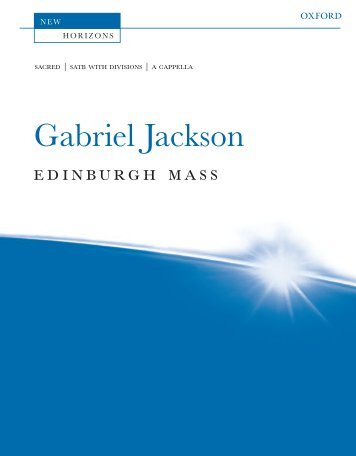



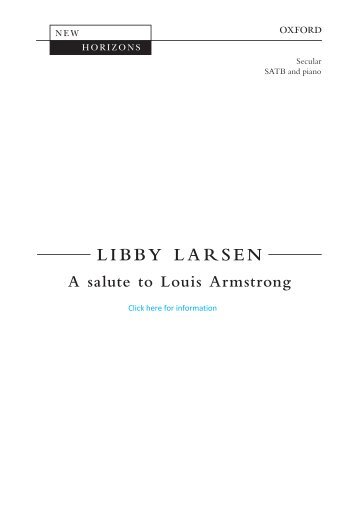


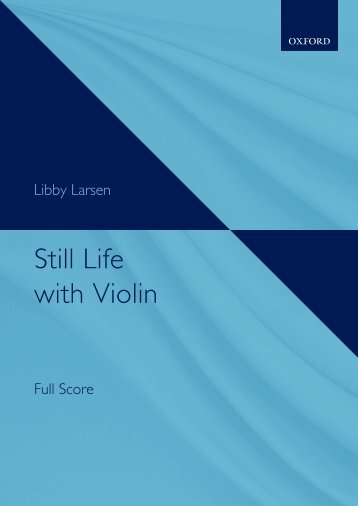
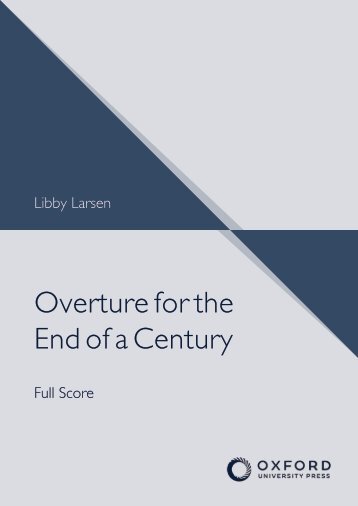




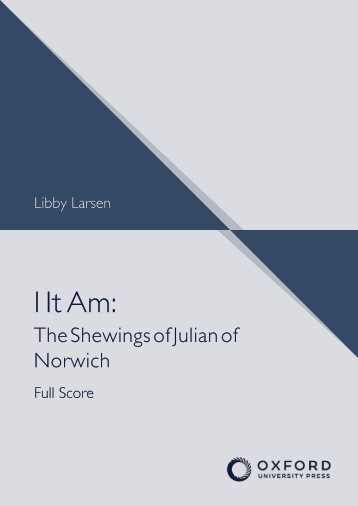

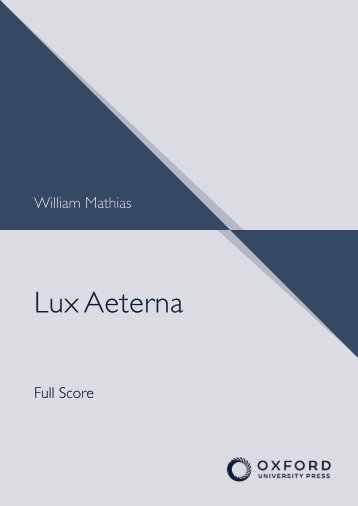









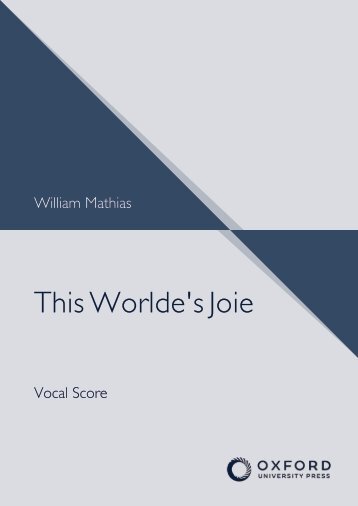

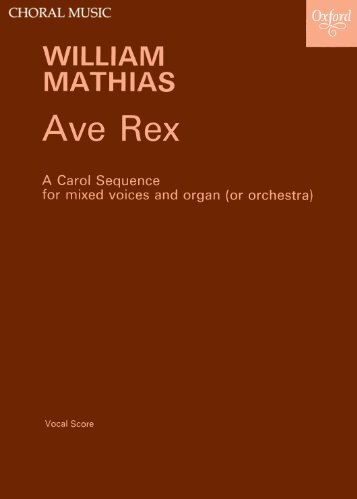



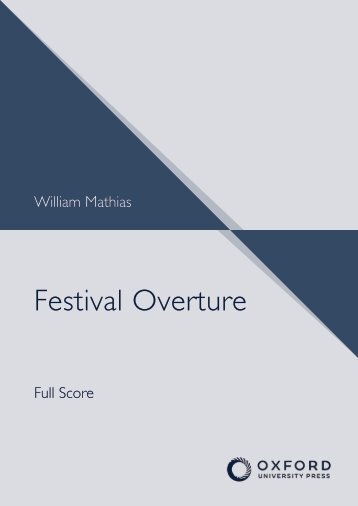

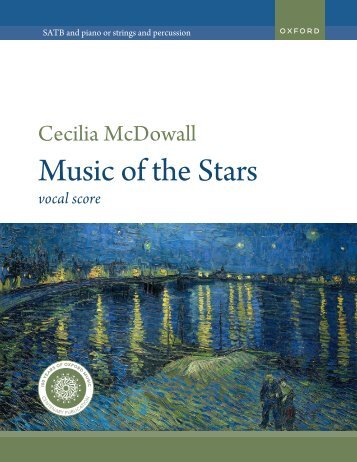
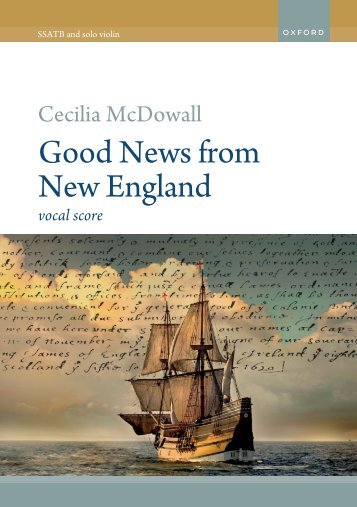



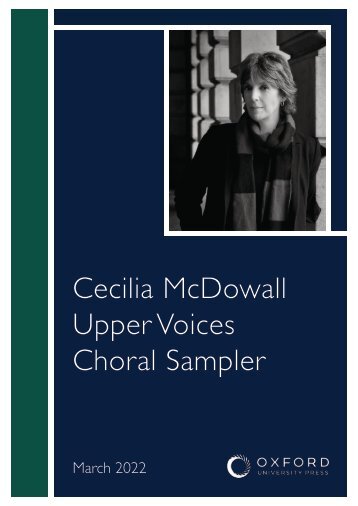
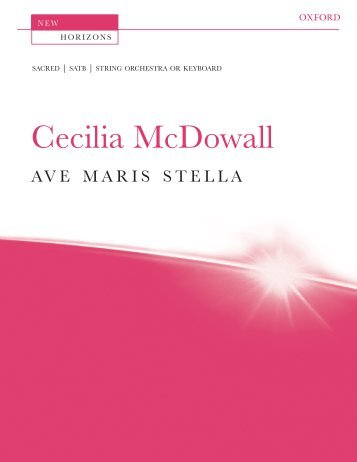
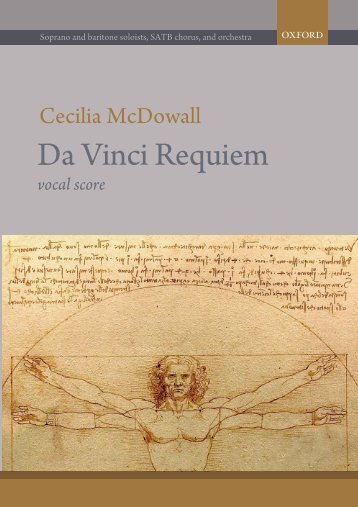
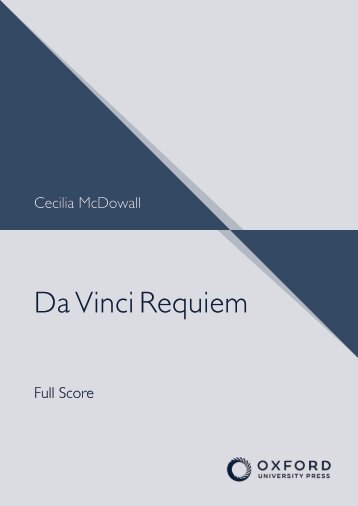
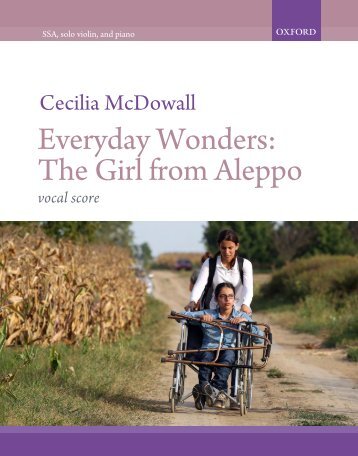
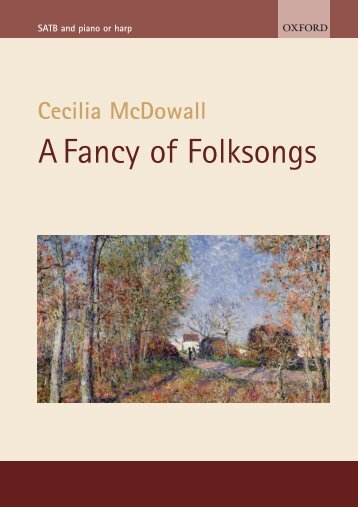


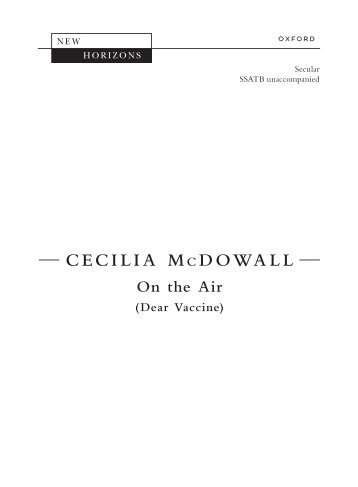
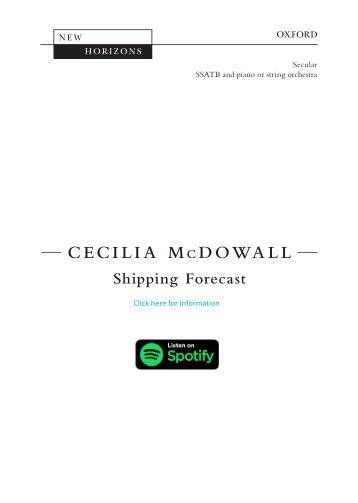
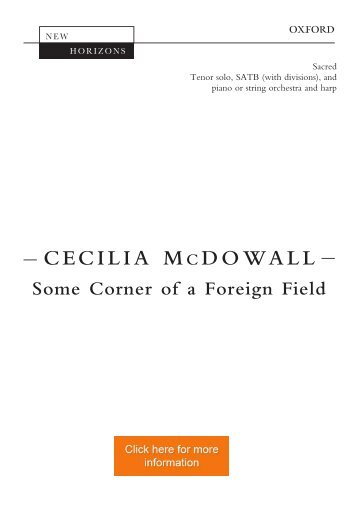

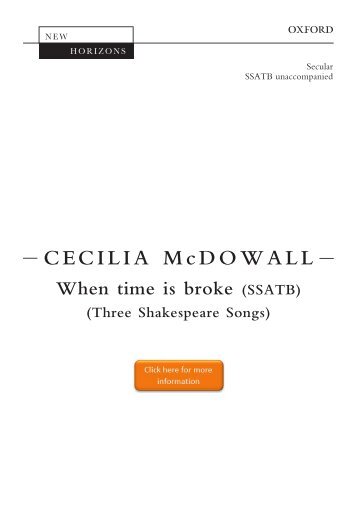
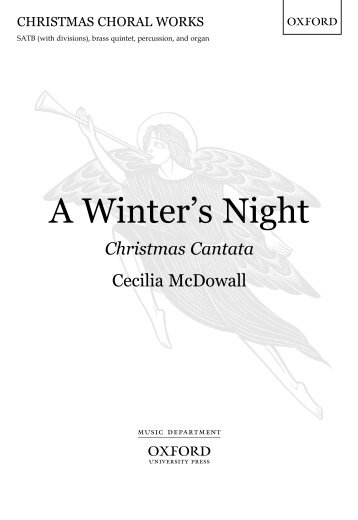
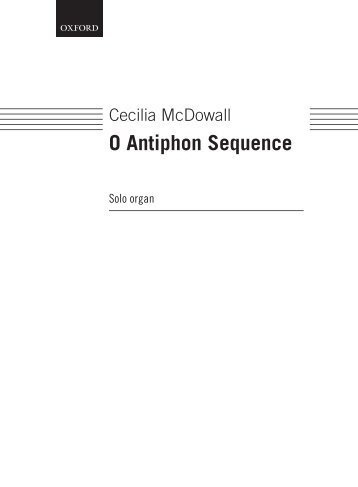

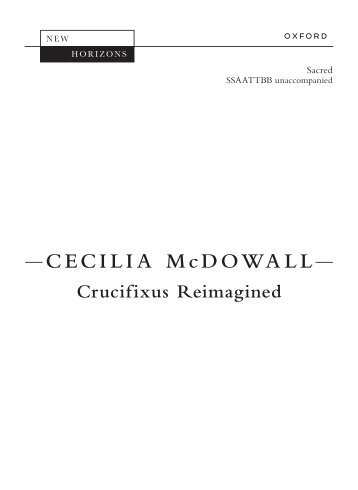
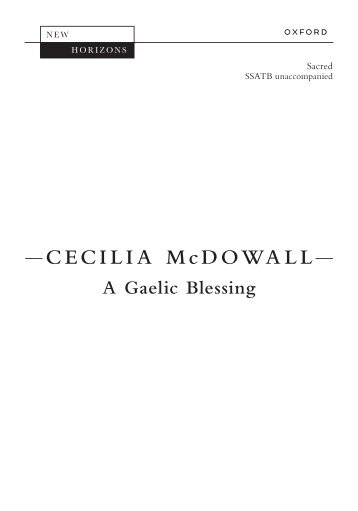
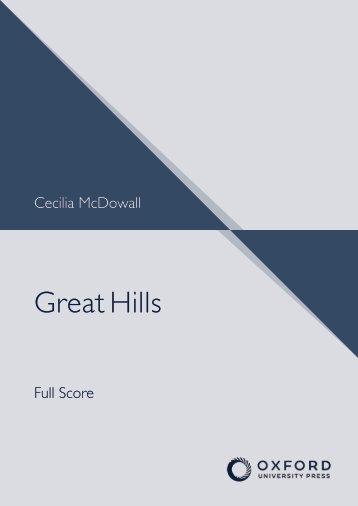

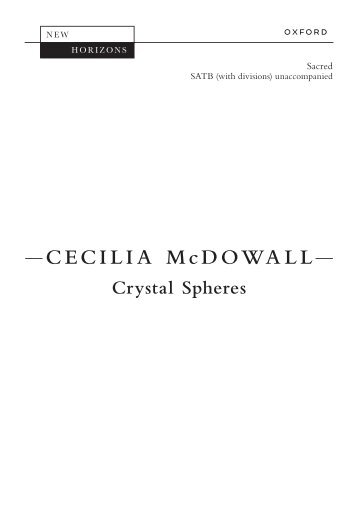
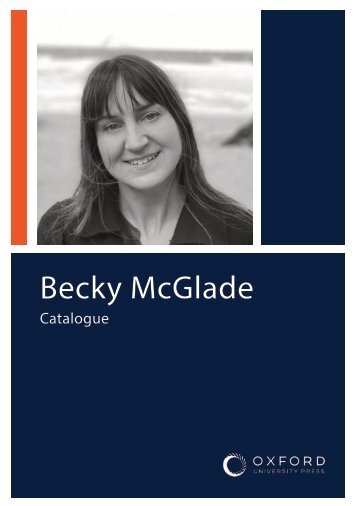
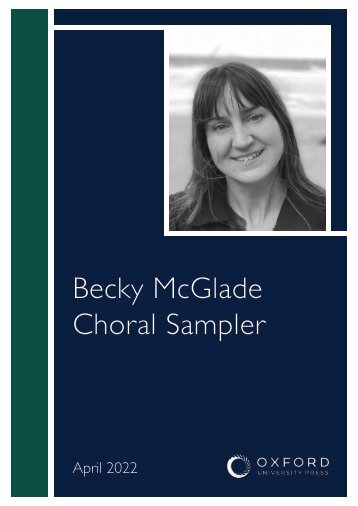
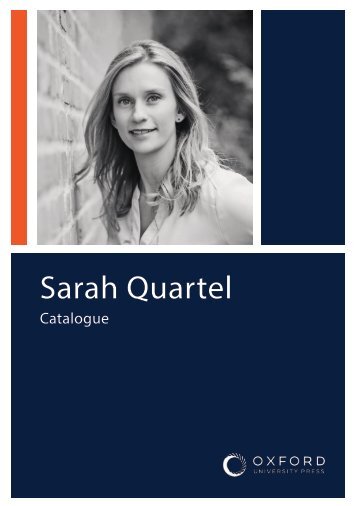

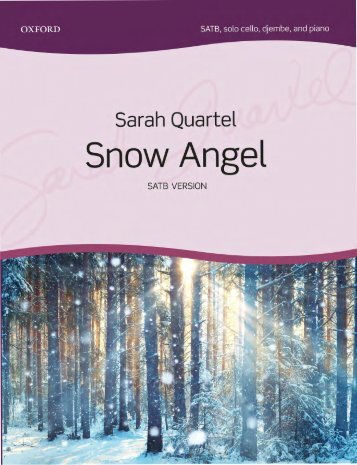
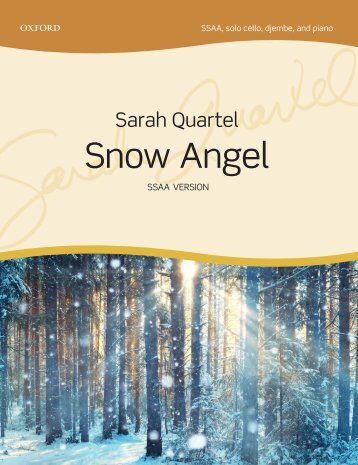
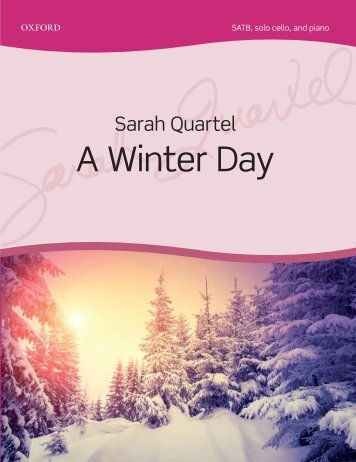
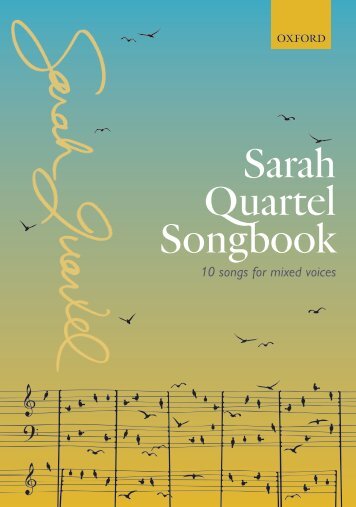
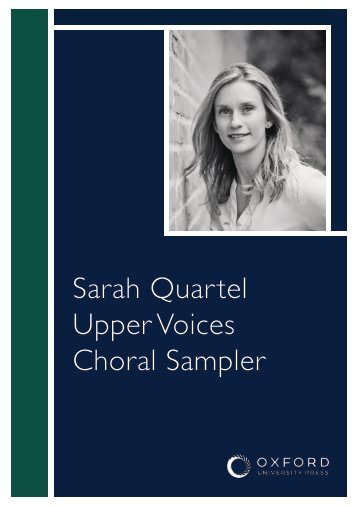
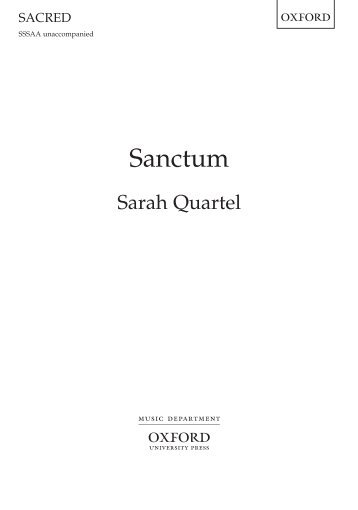


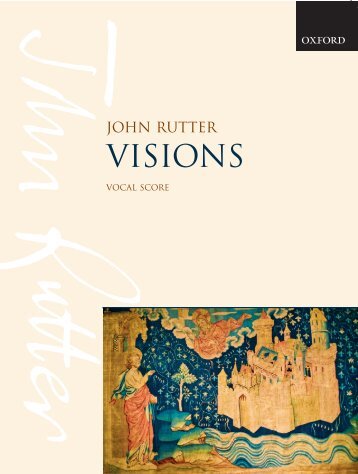
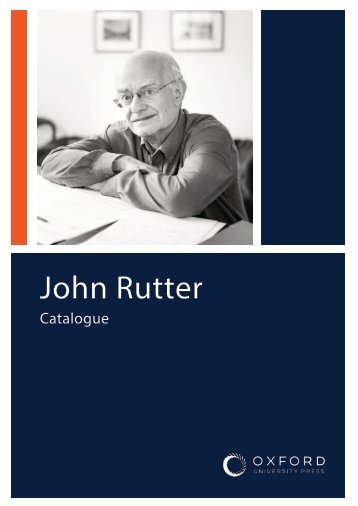
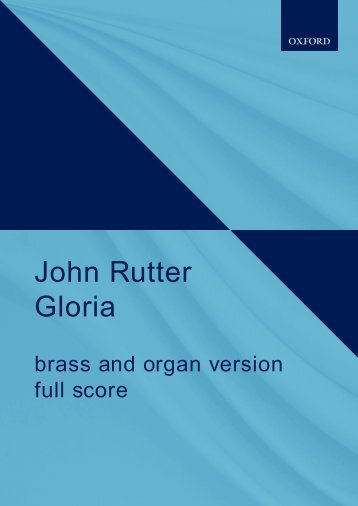
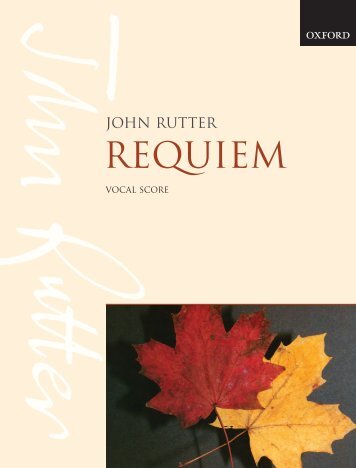

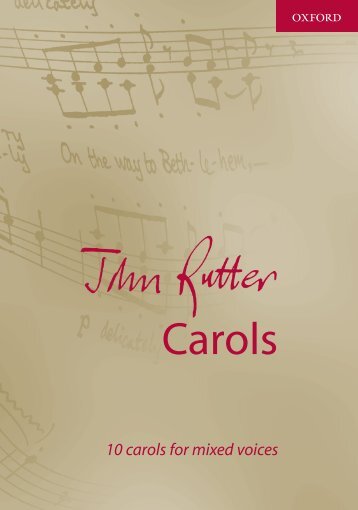
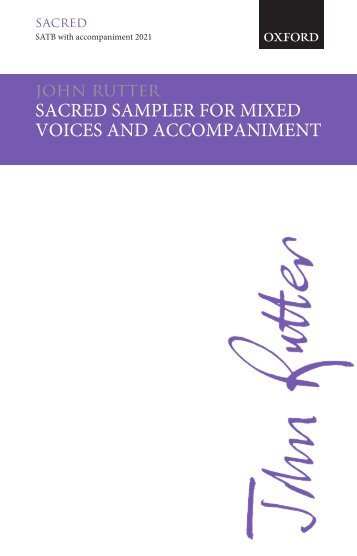
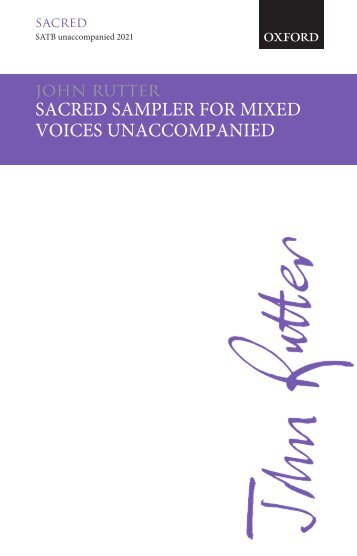
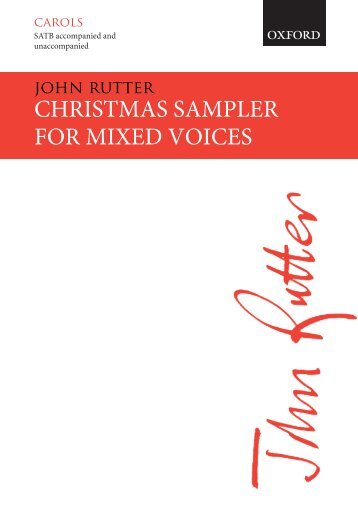
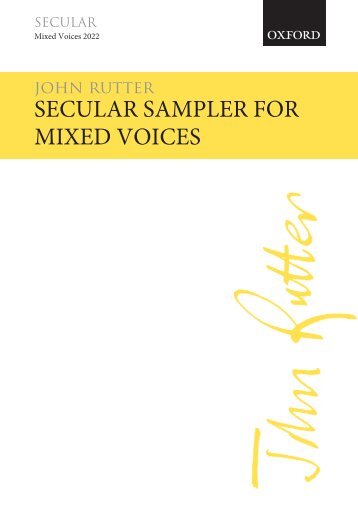
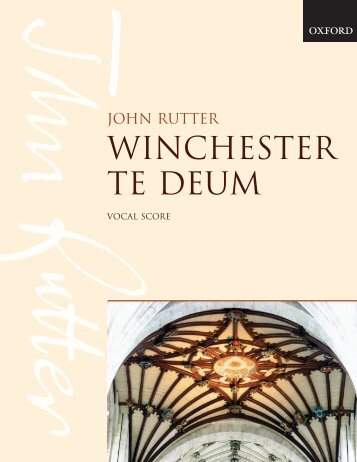
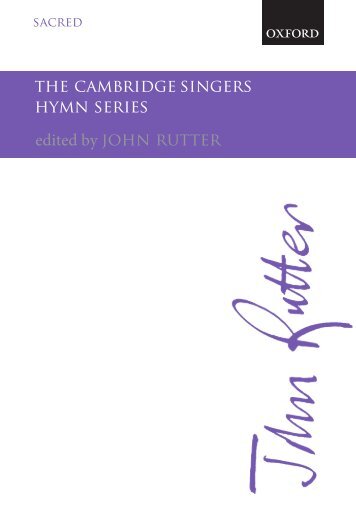
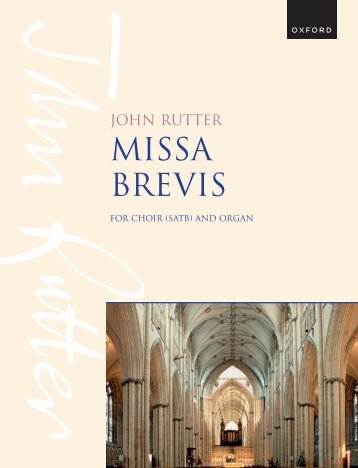
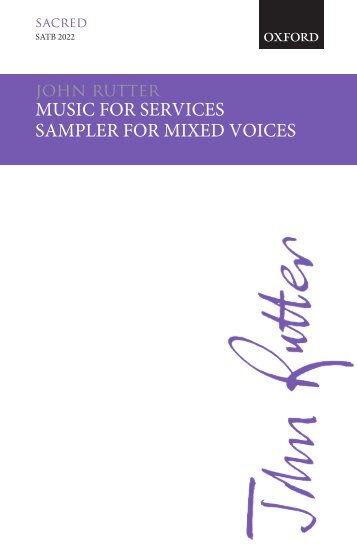
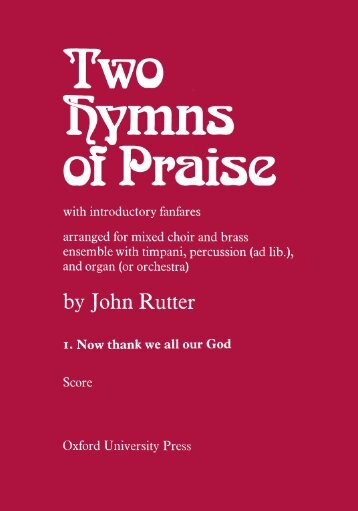

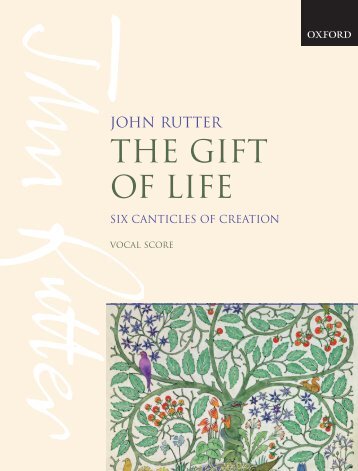
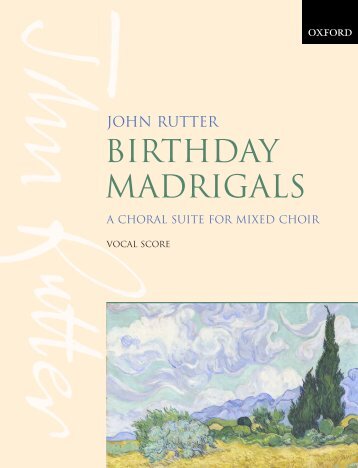
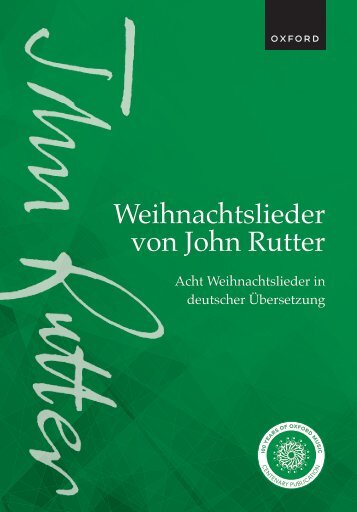
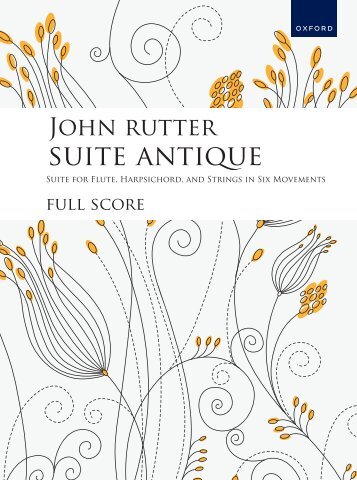
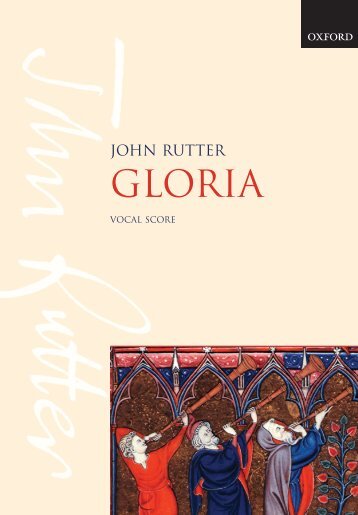
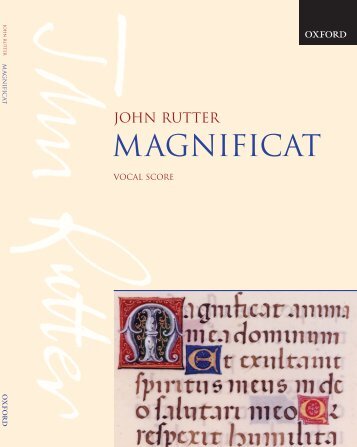
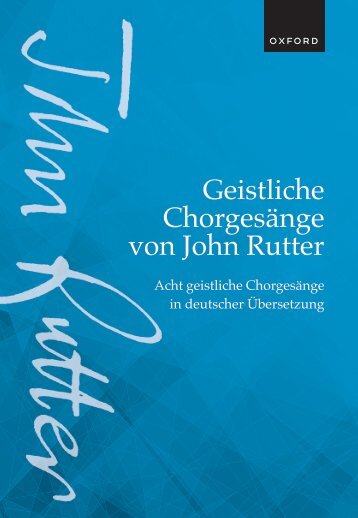
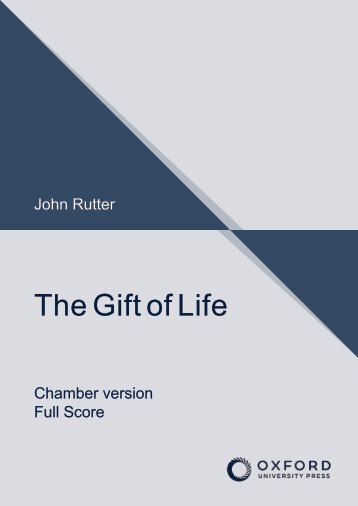
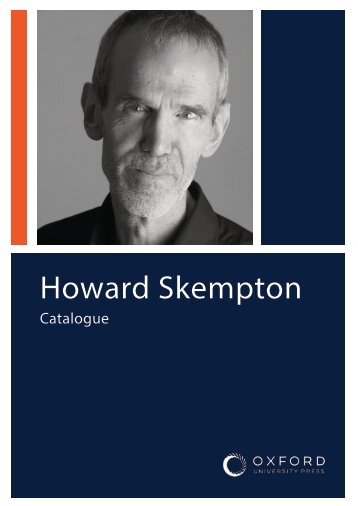


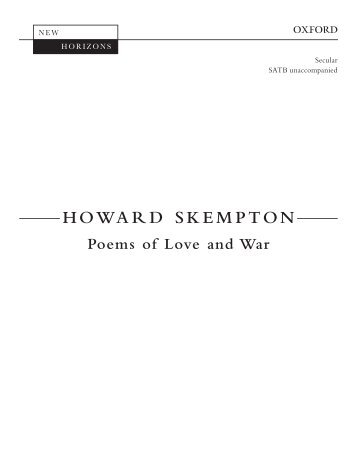

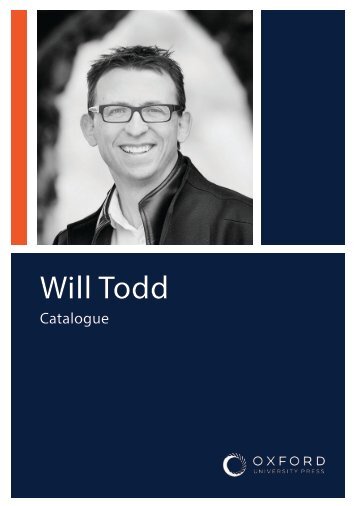
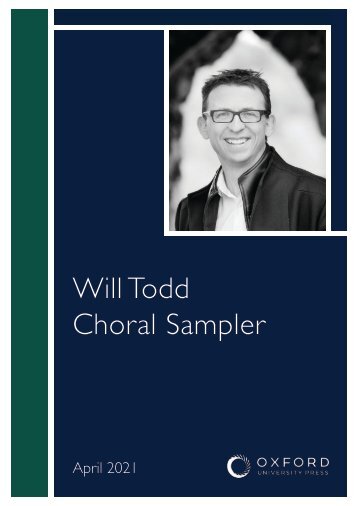
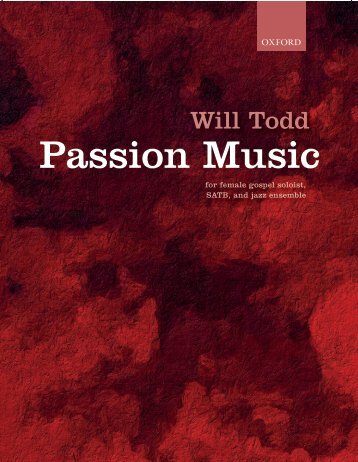
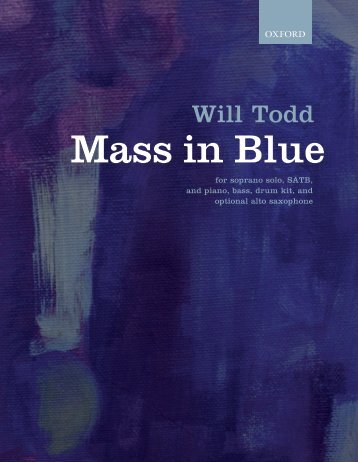
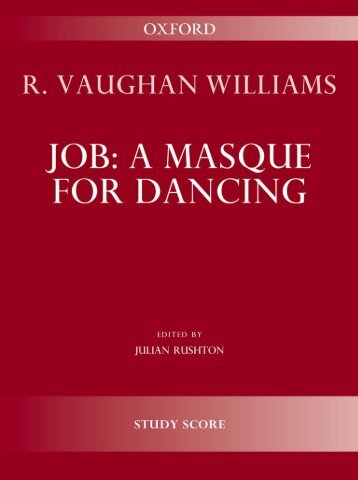

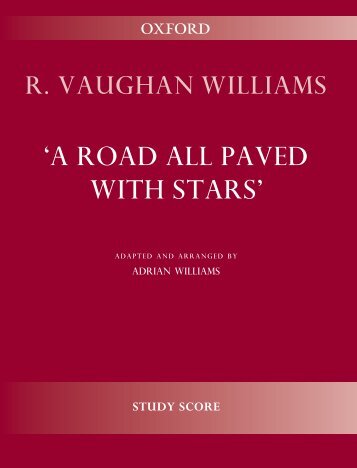
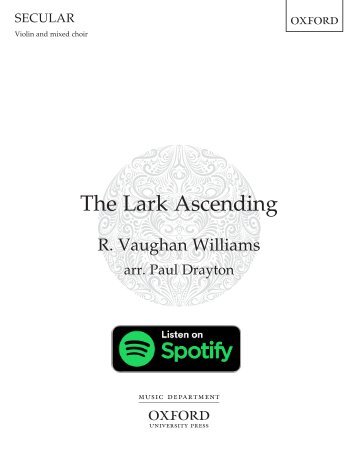

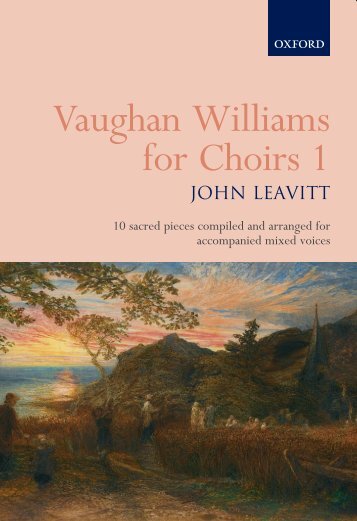
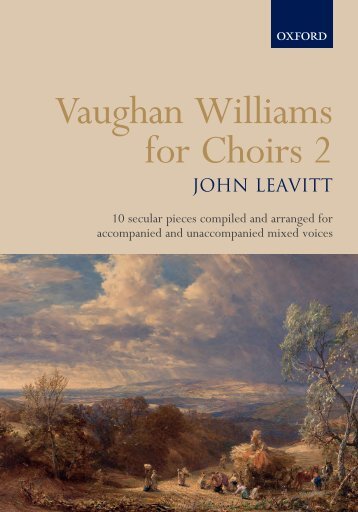

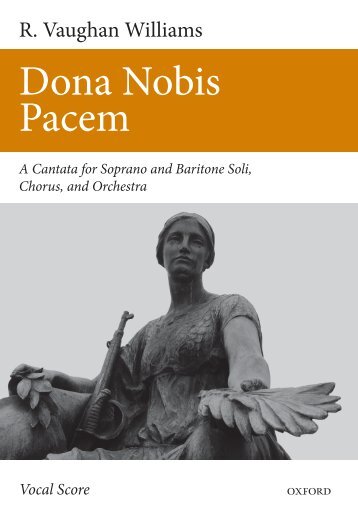
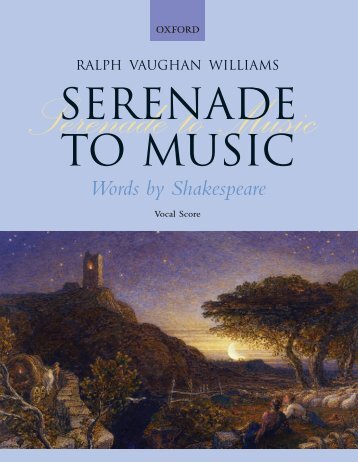
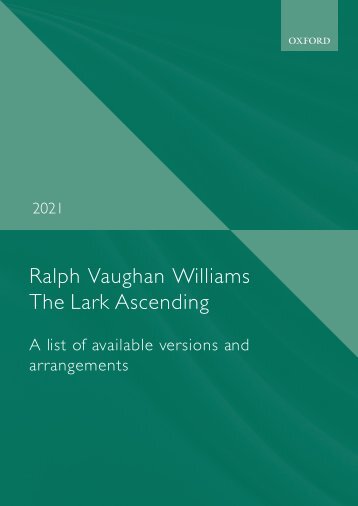

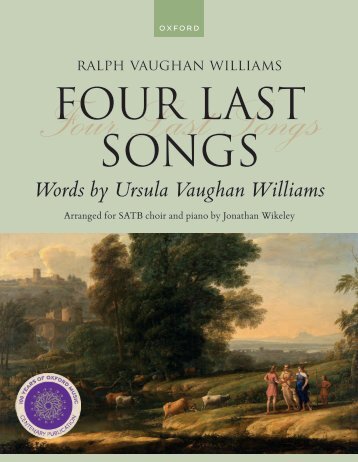

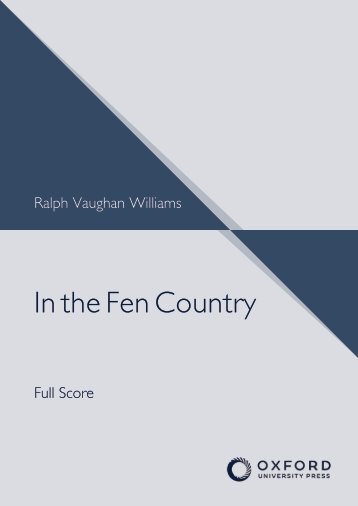
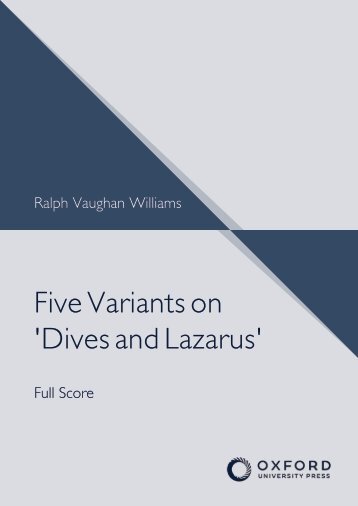
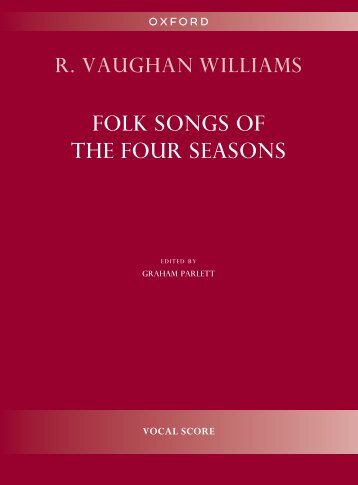




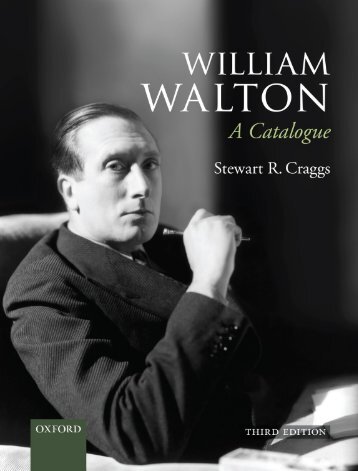



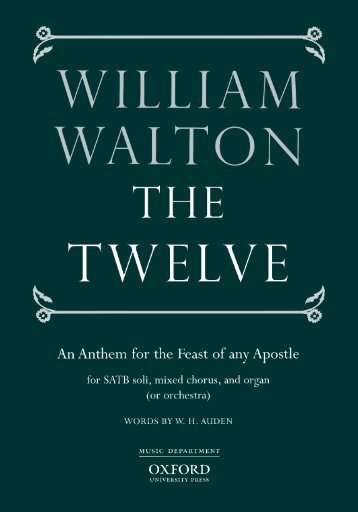


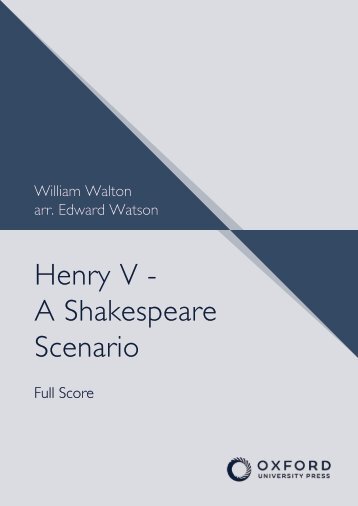






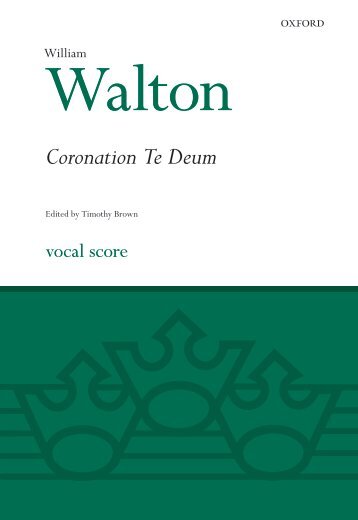
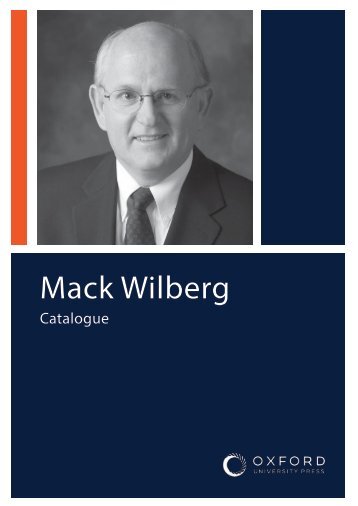
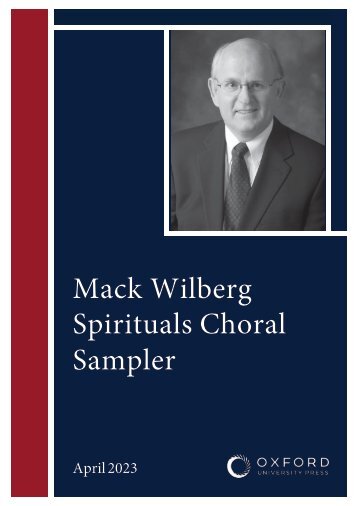
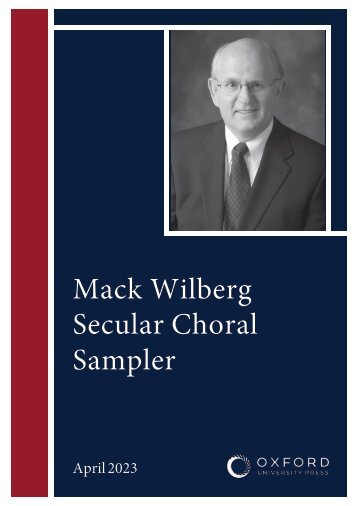




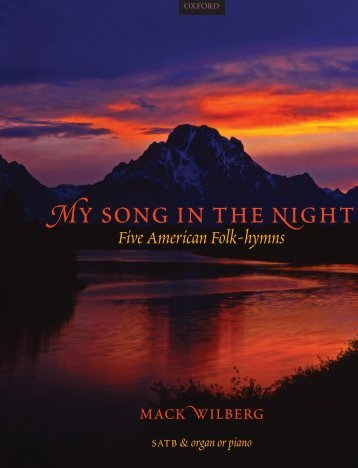
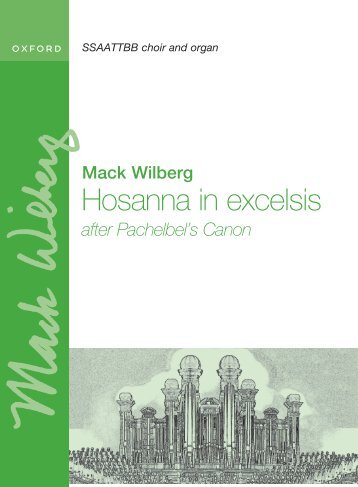


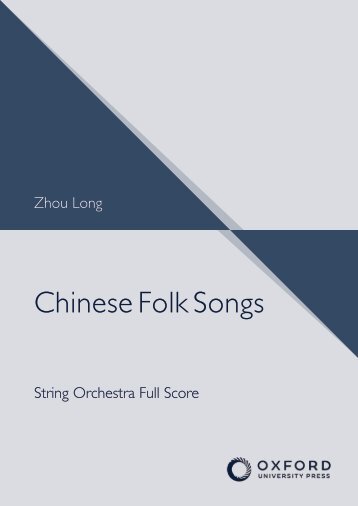

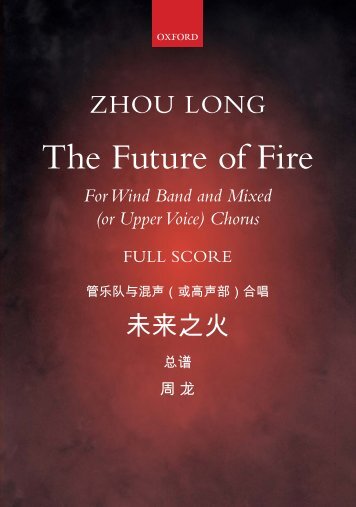





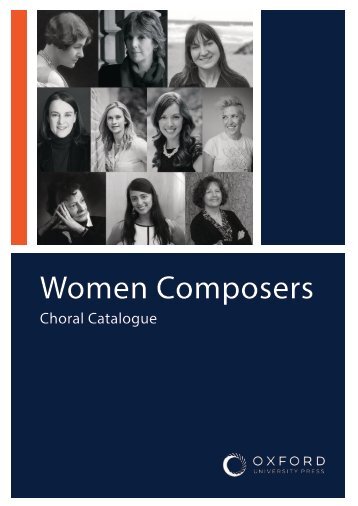

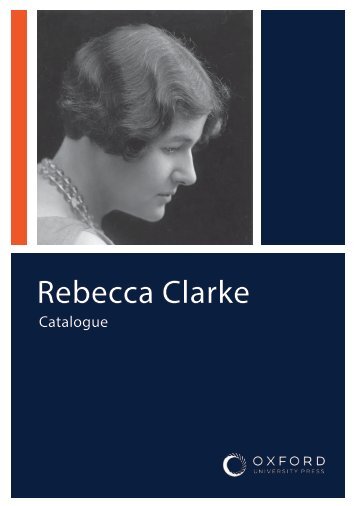

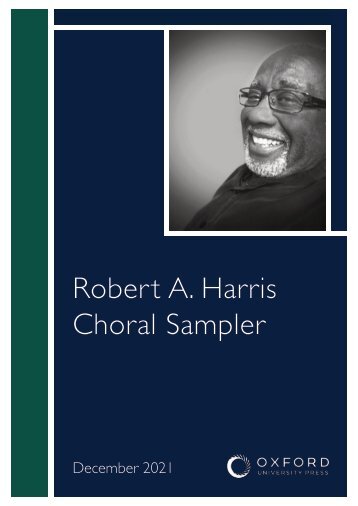
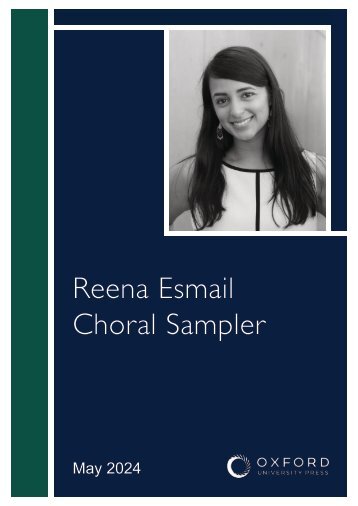
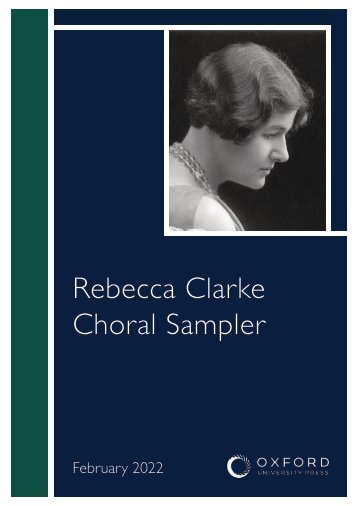
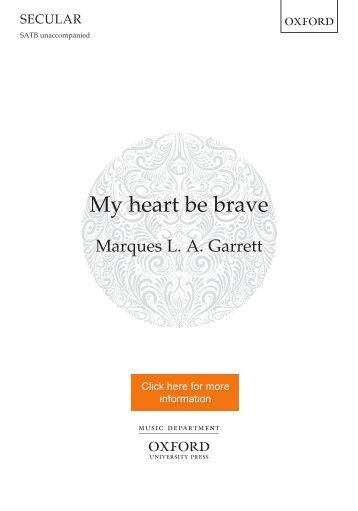
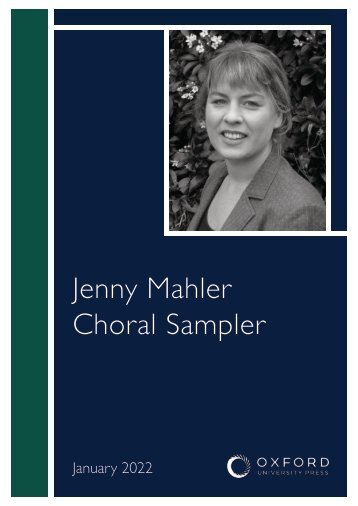
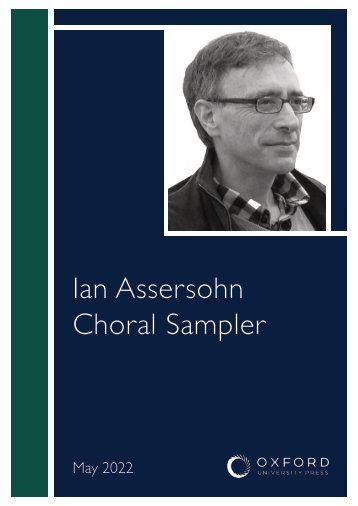
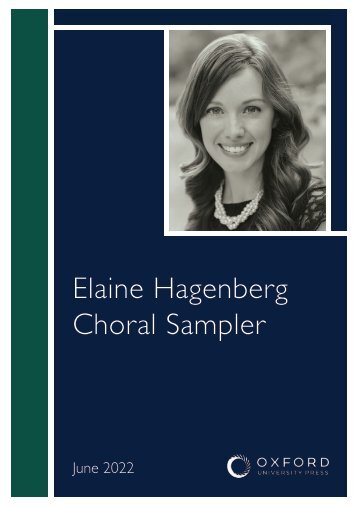
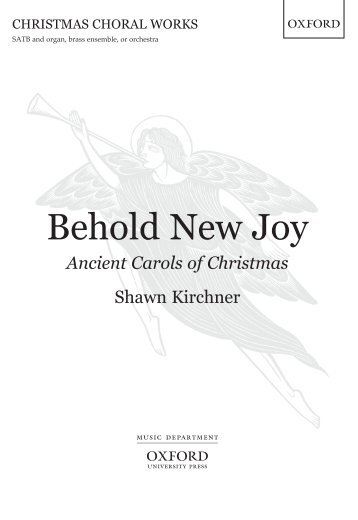
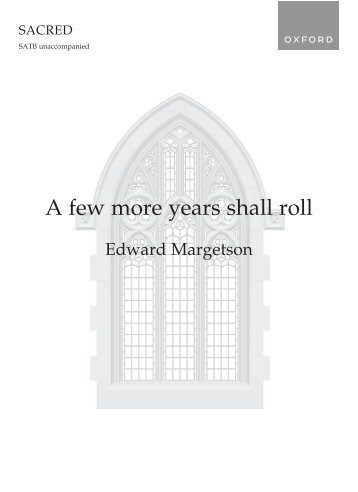
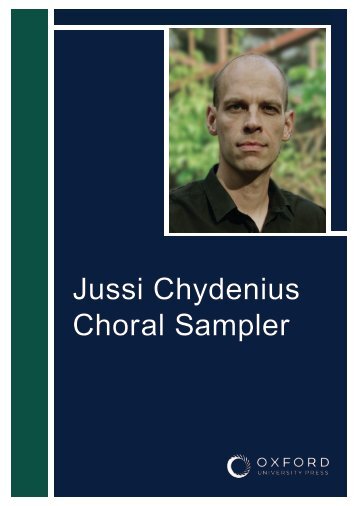


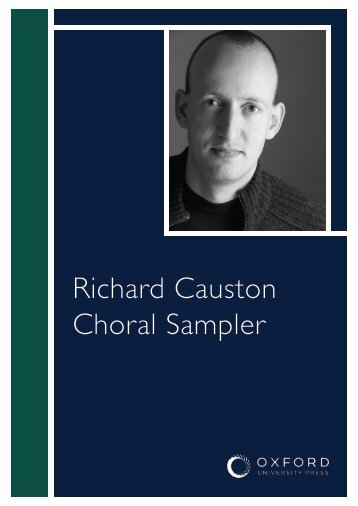
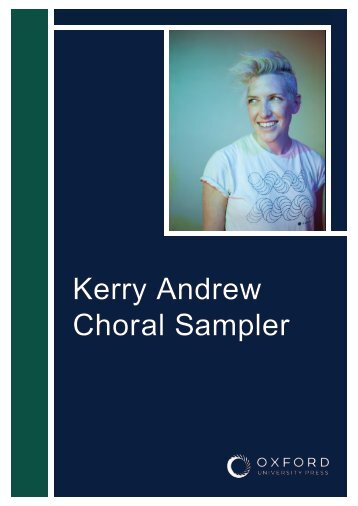
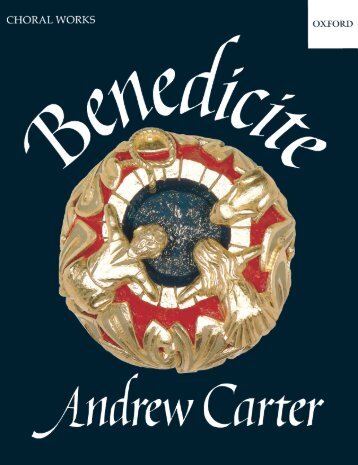
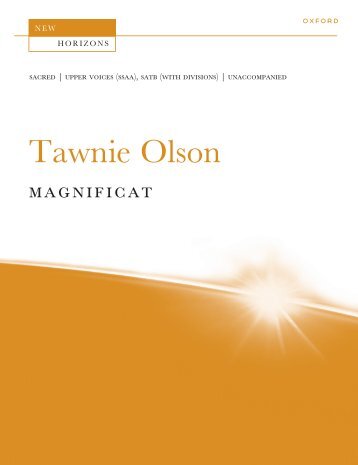


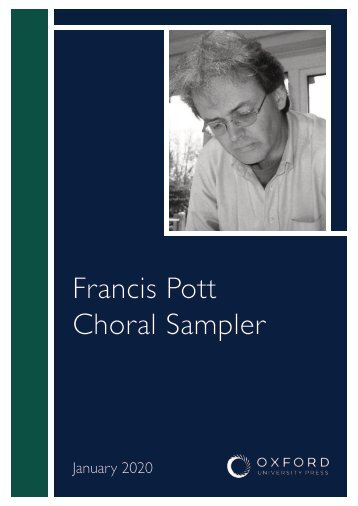

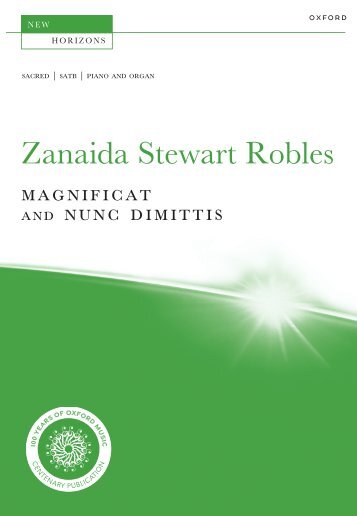

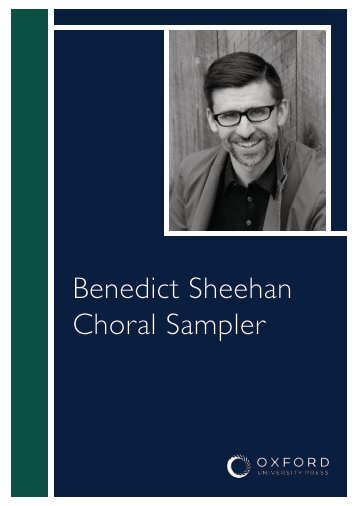
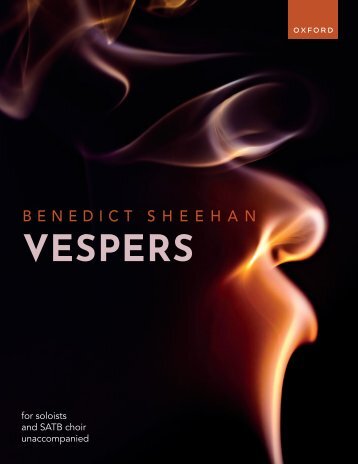


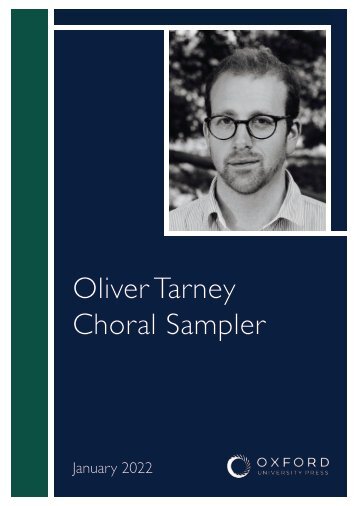

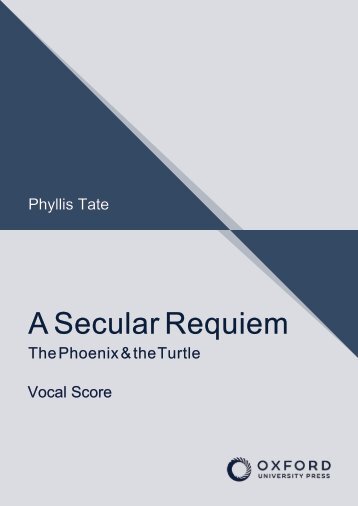
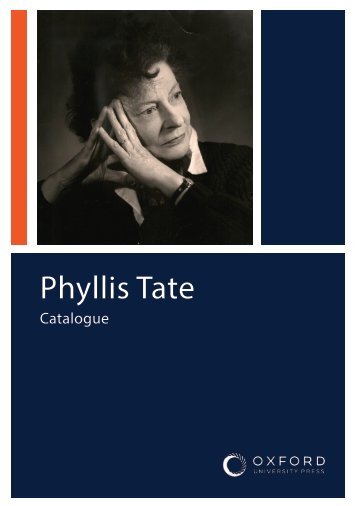
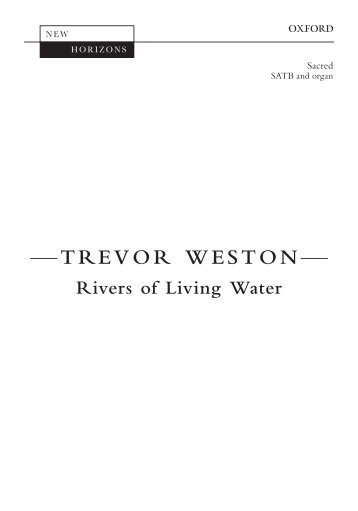
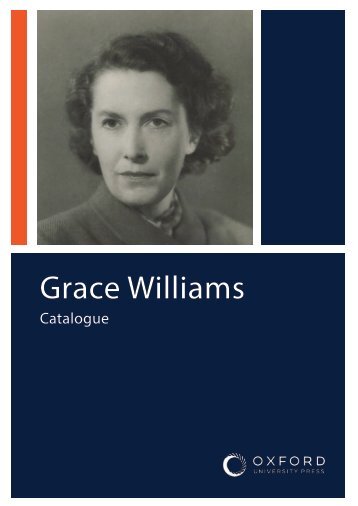
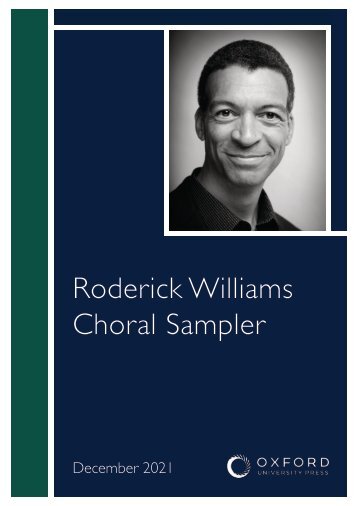
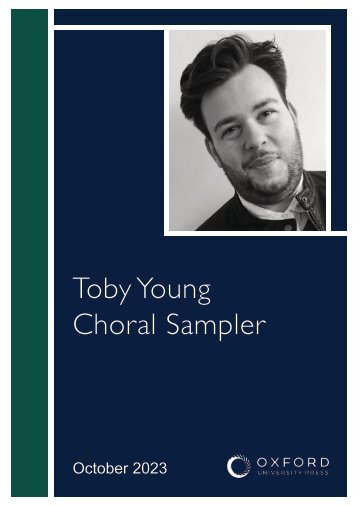


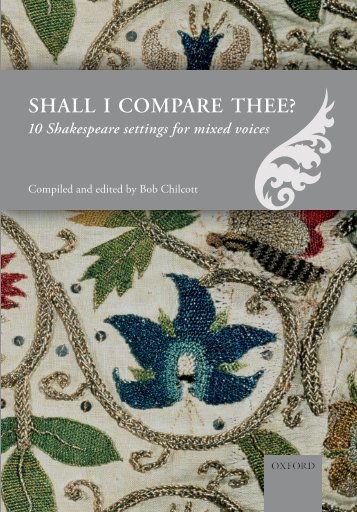
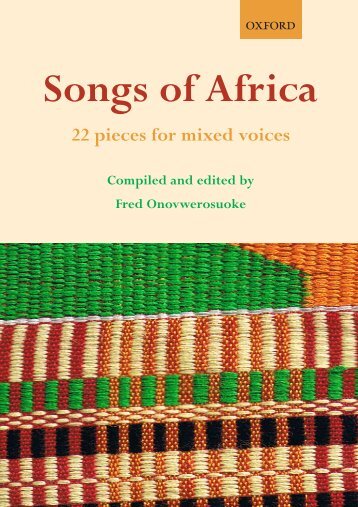



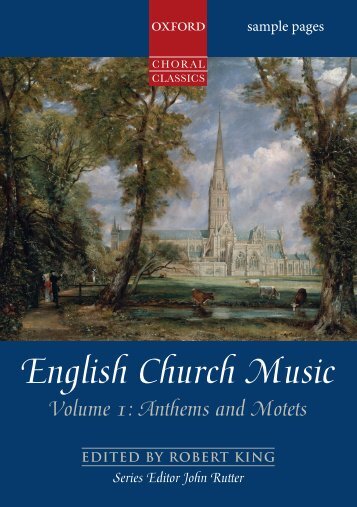
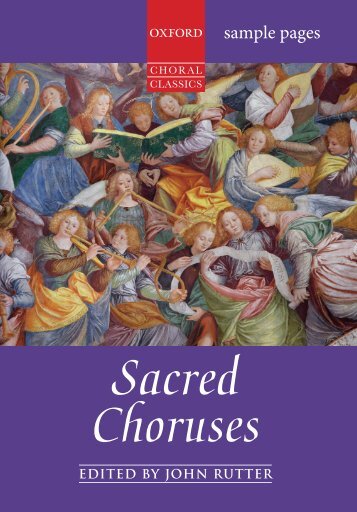

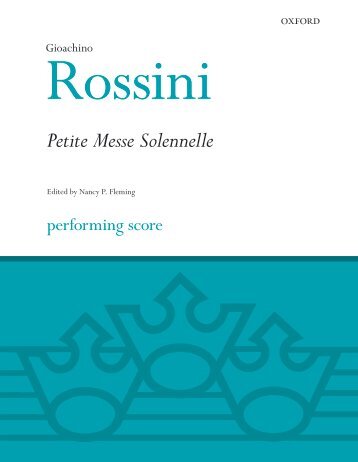
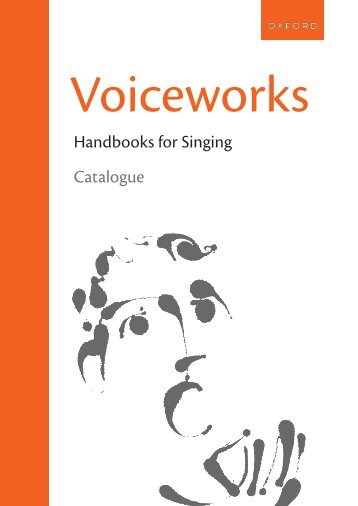



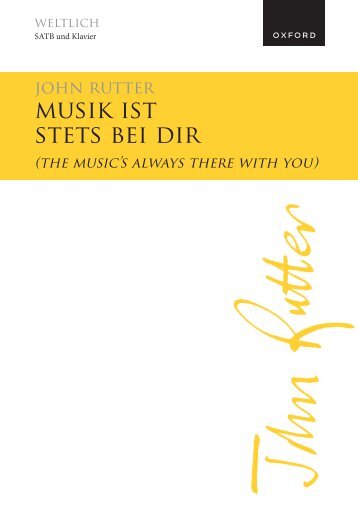
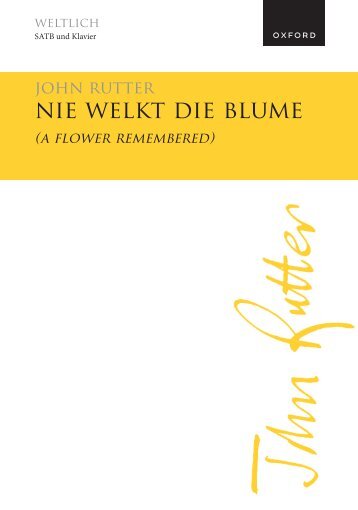

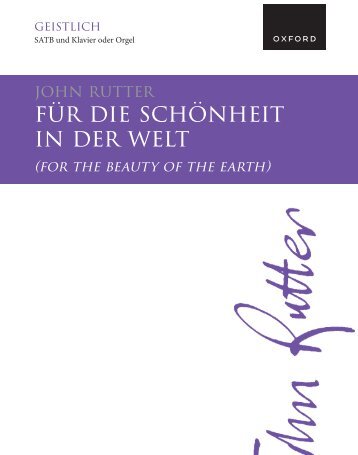
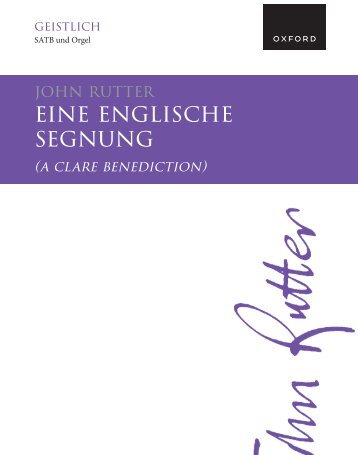

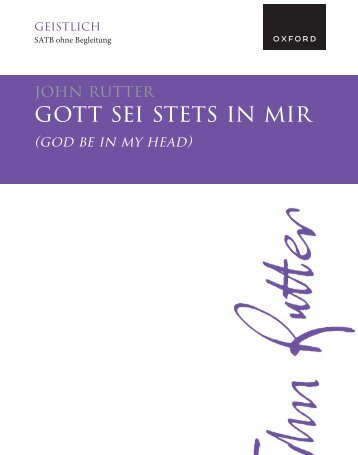


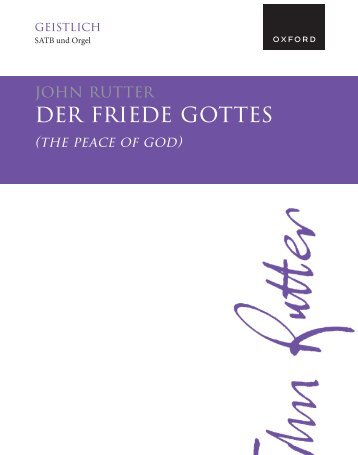

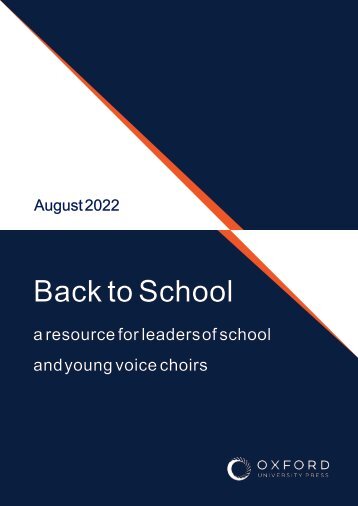
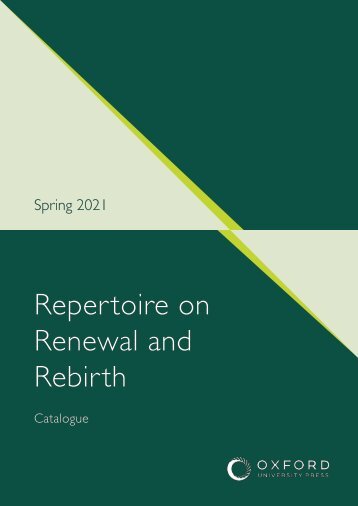
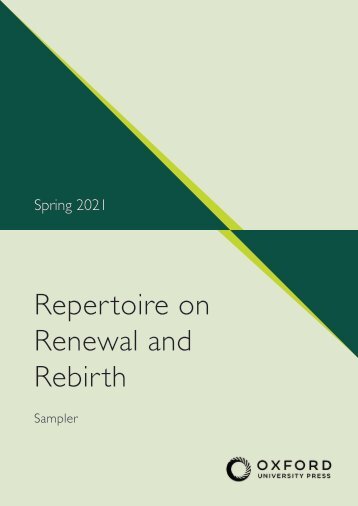
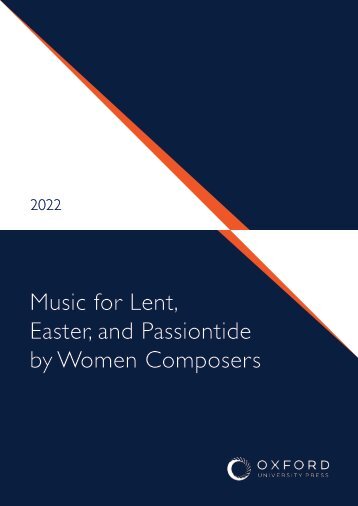
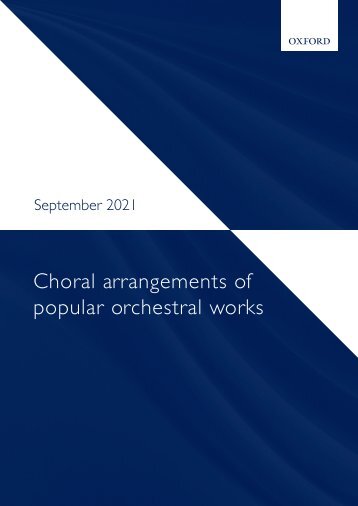
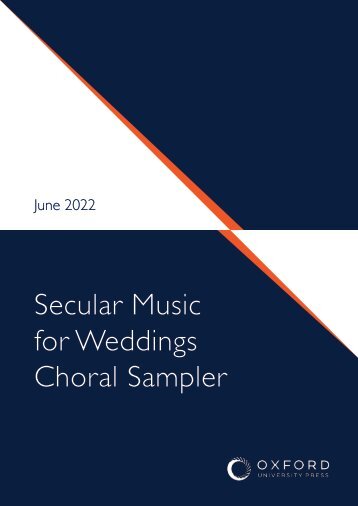

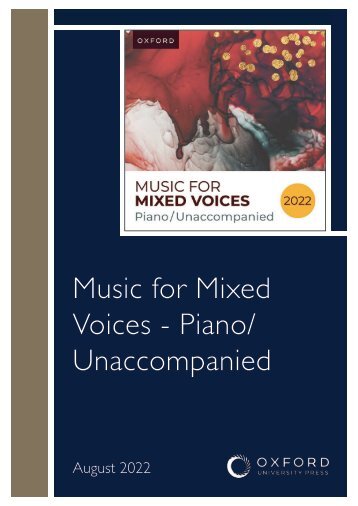
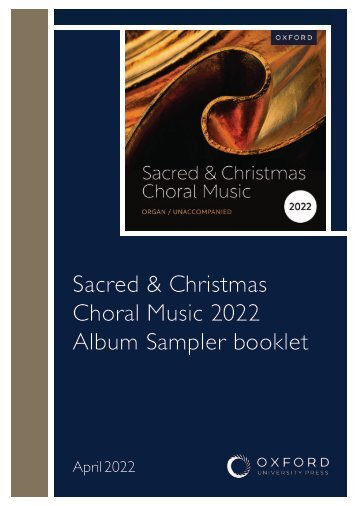
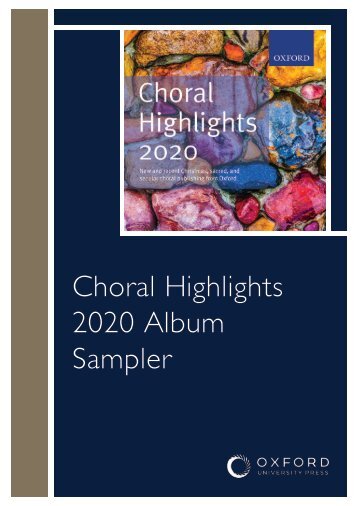
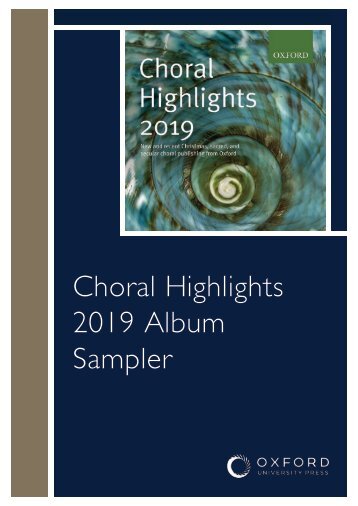
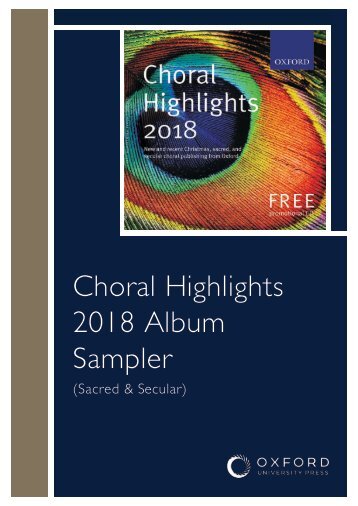

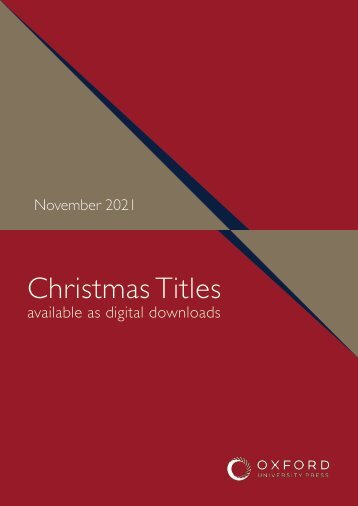
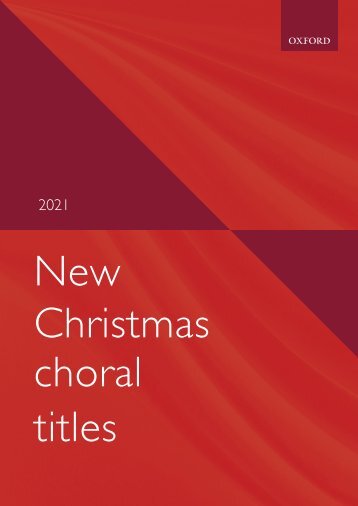
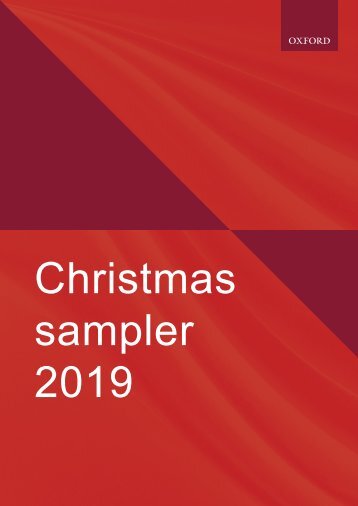
Facebook
Twitter
Email